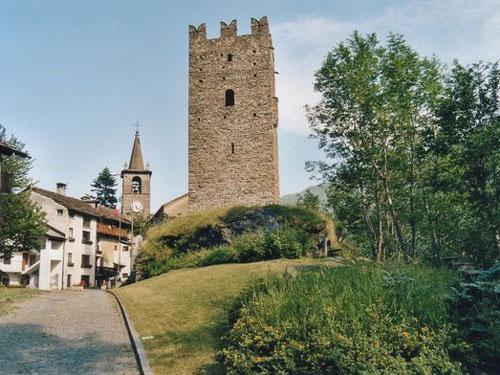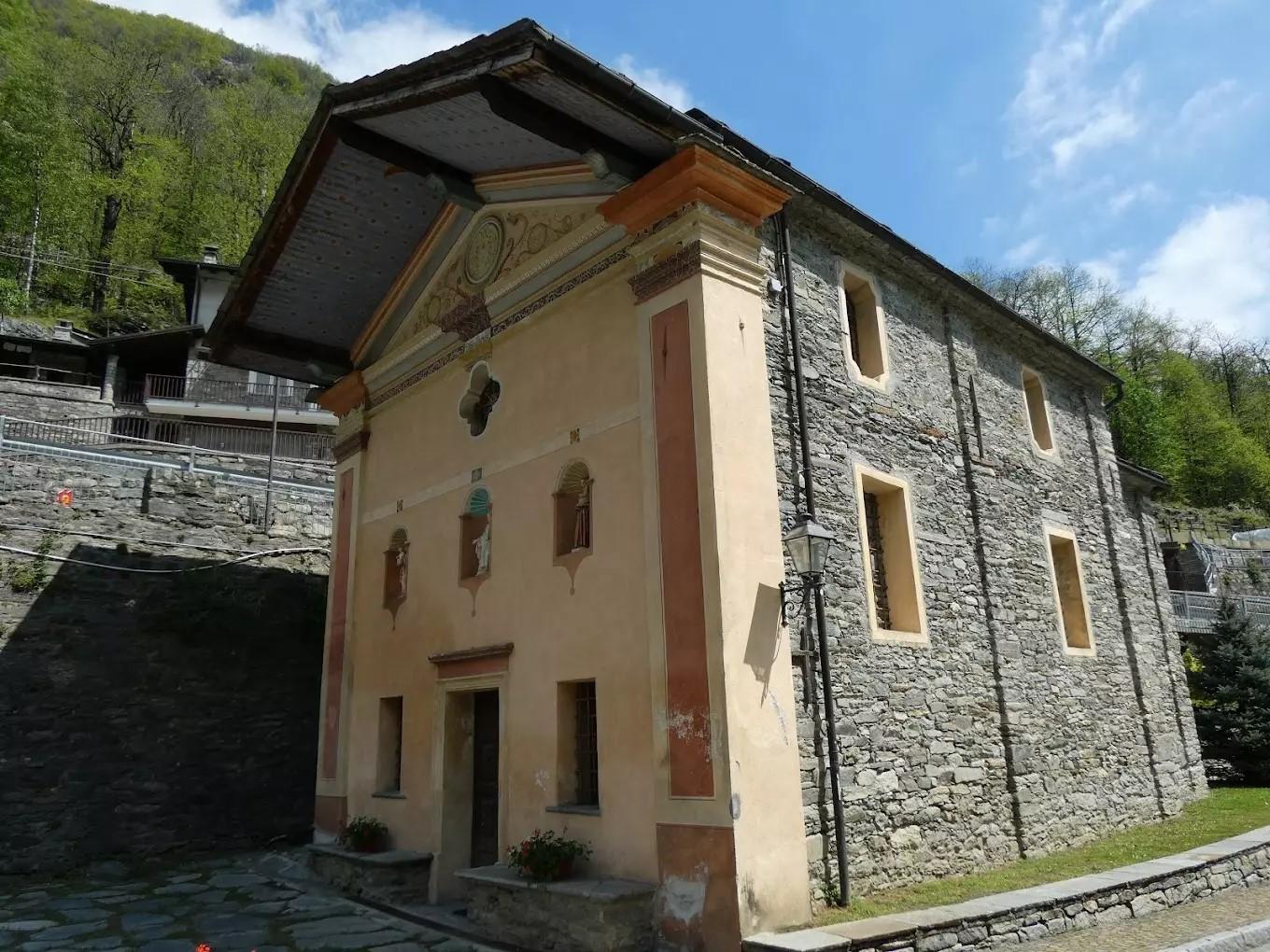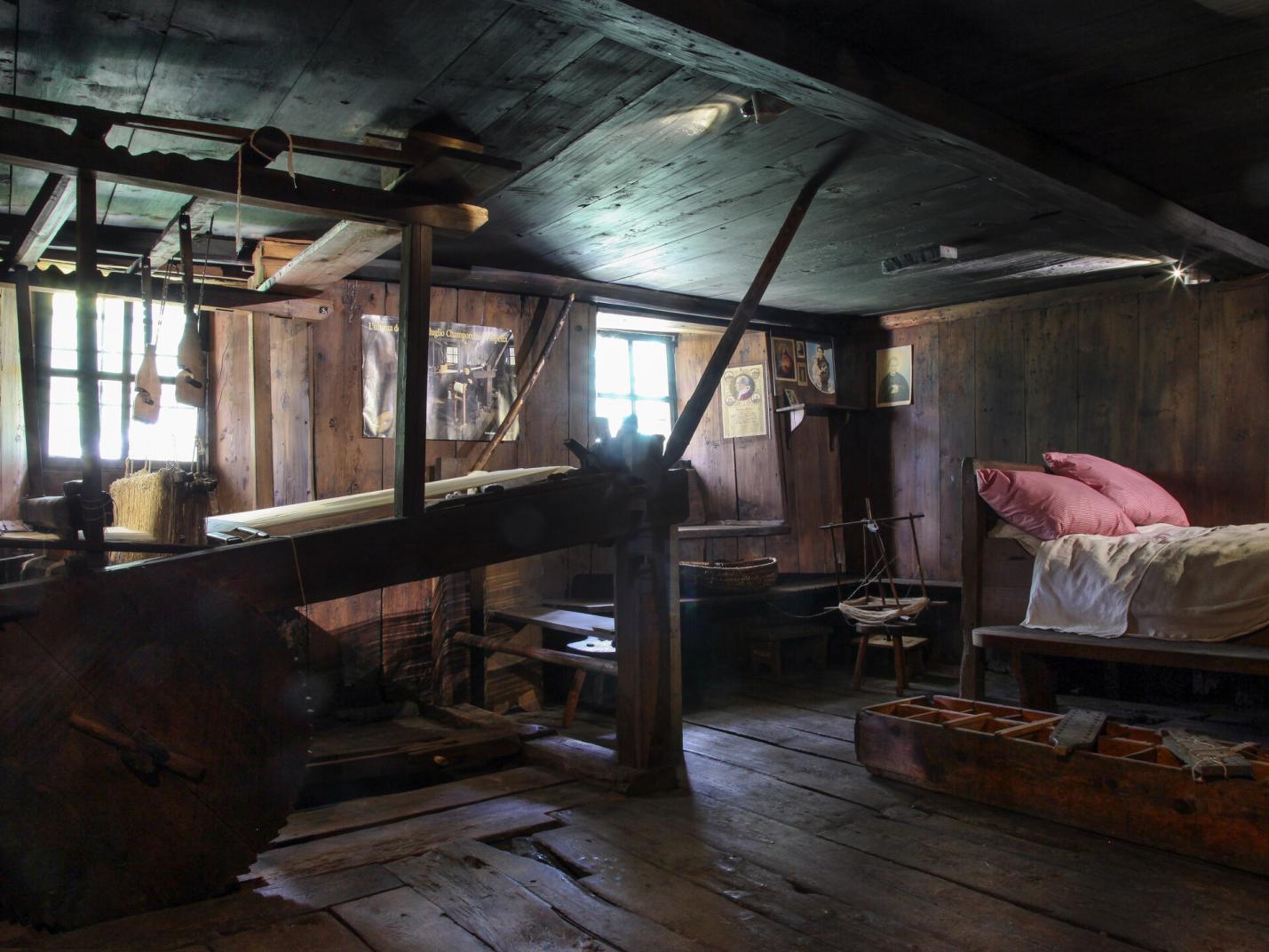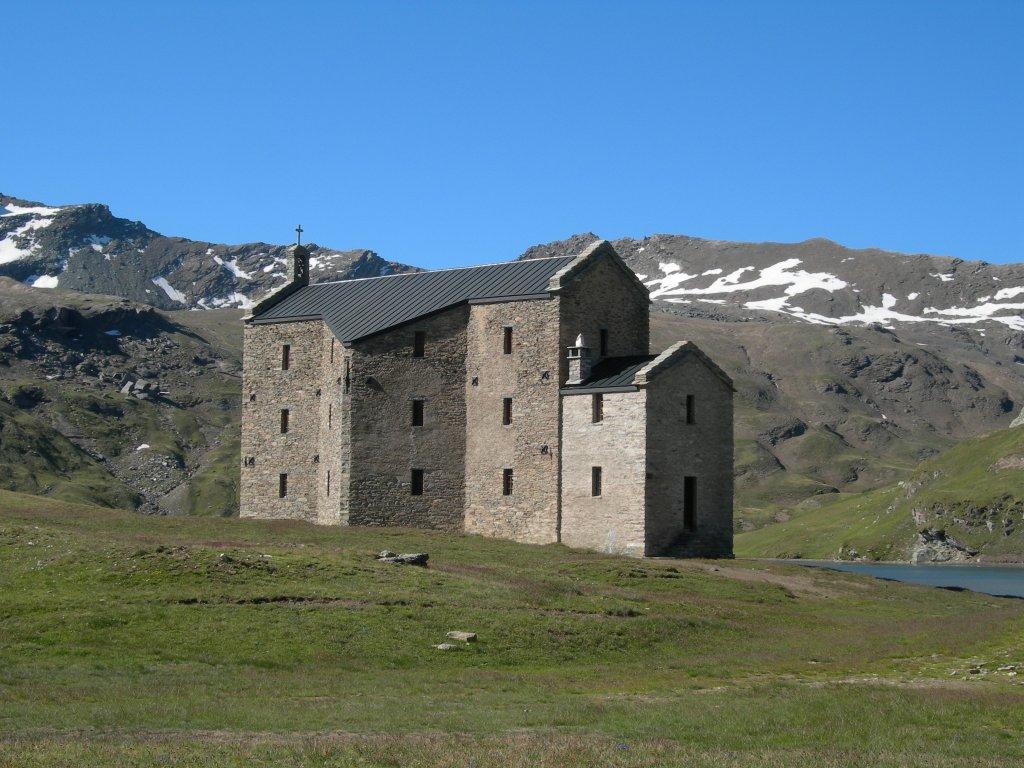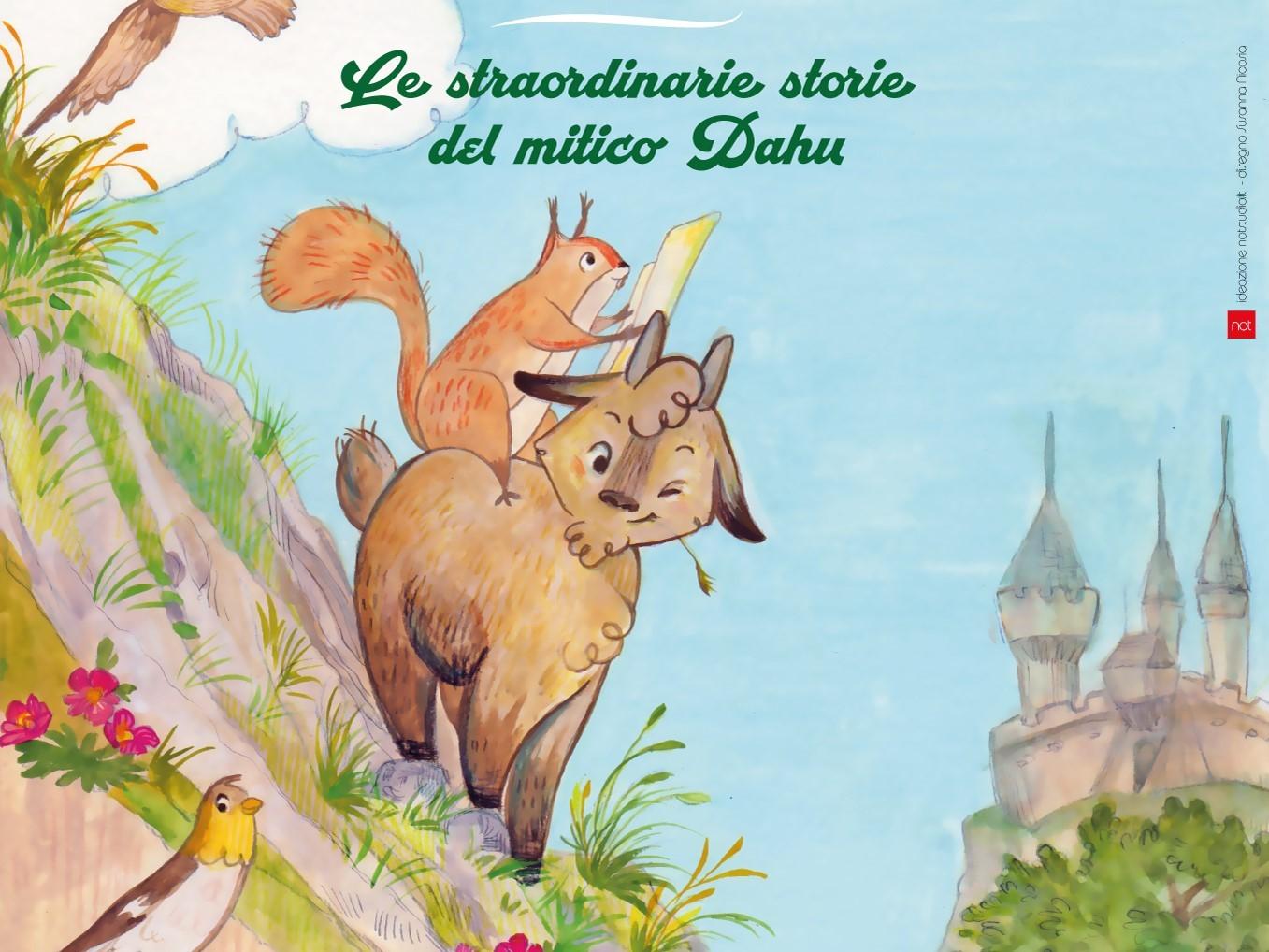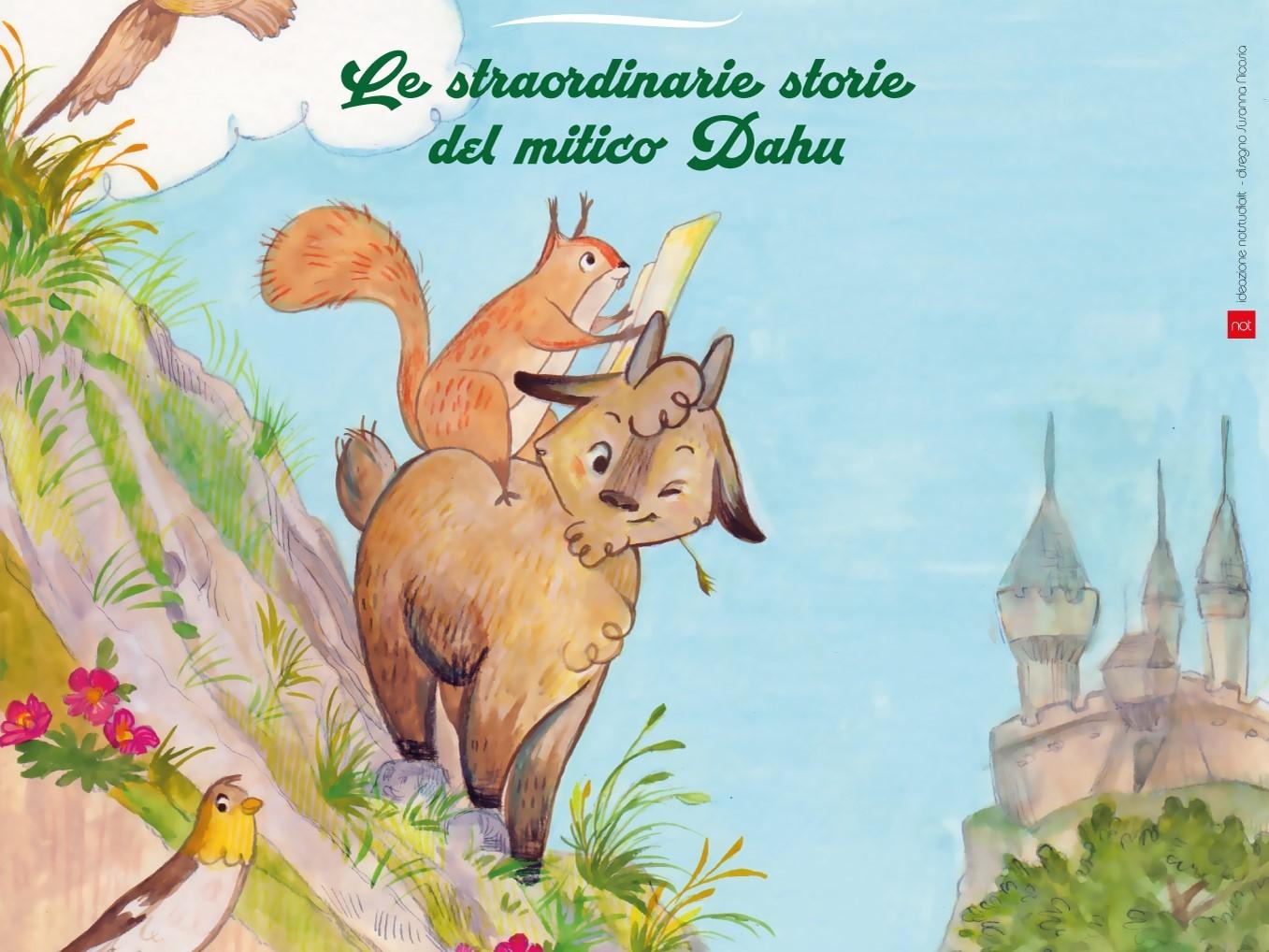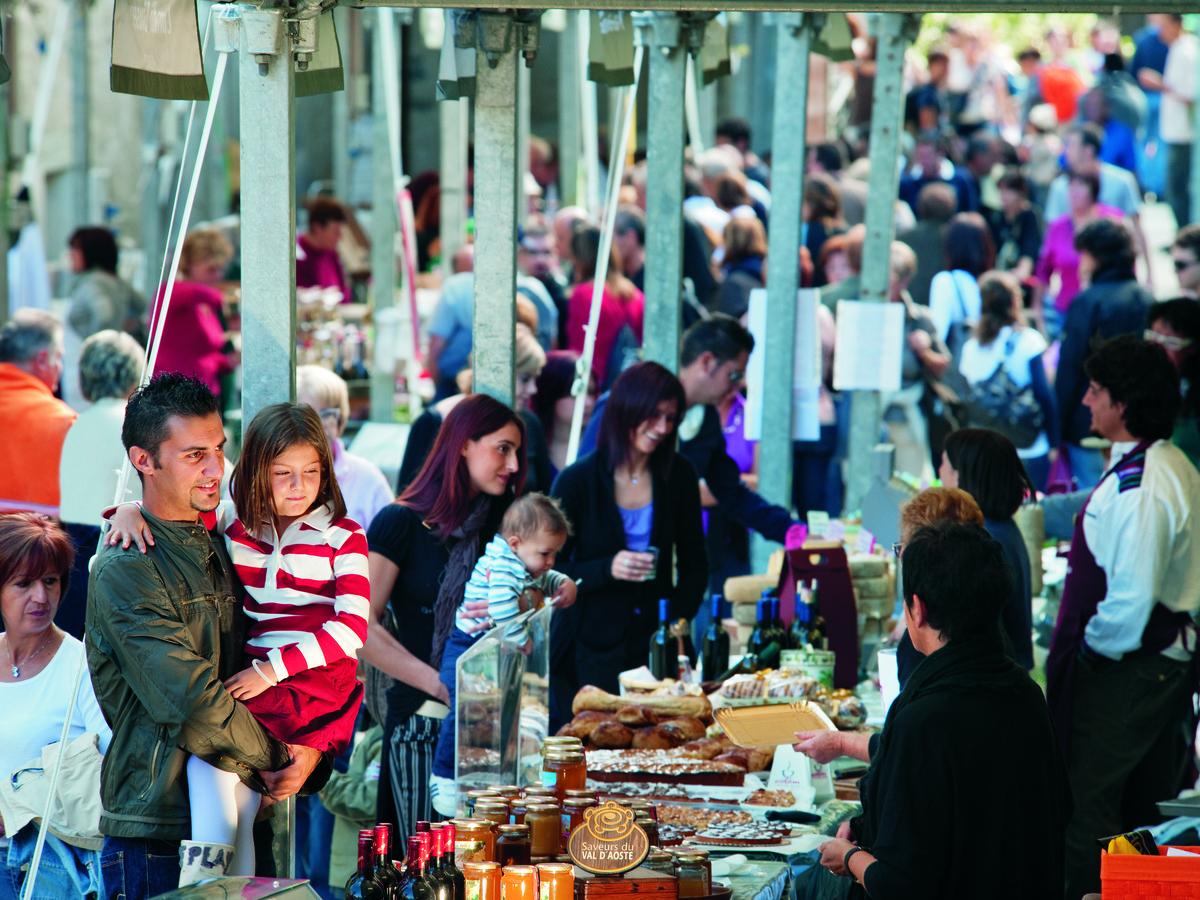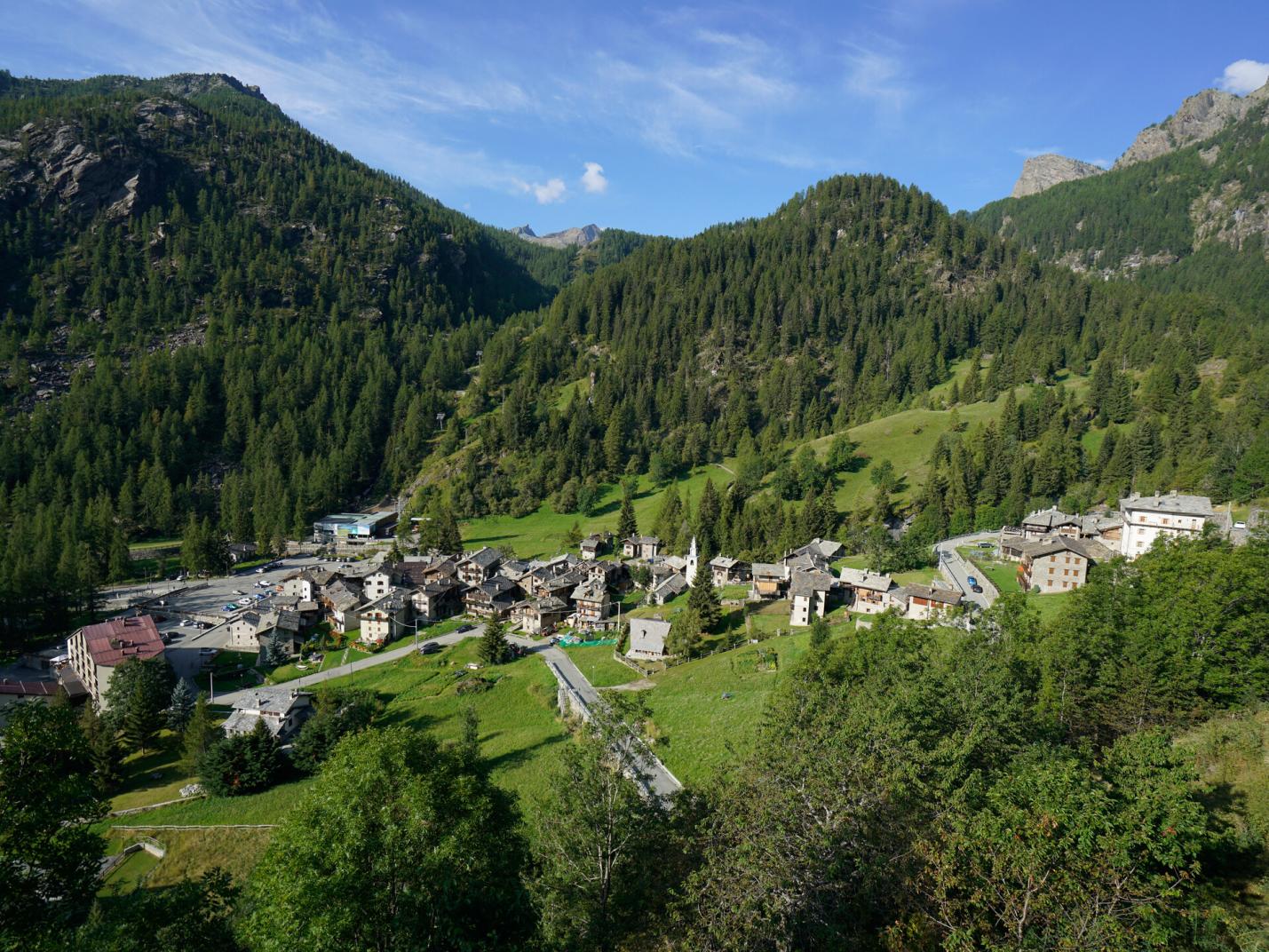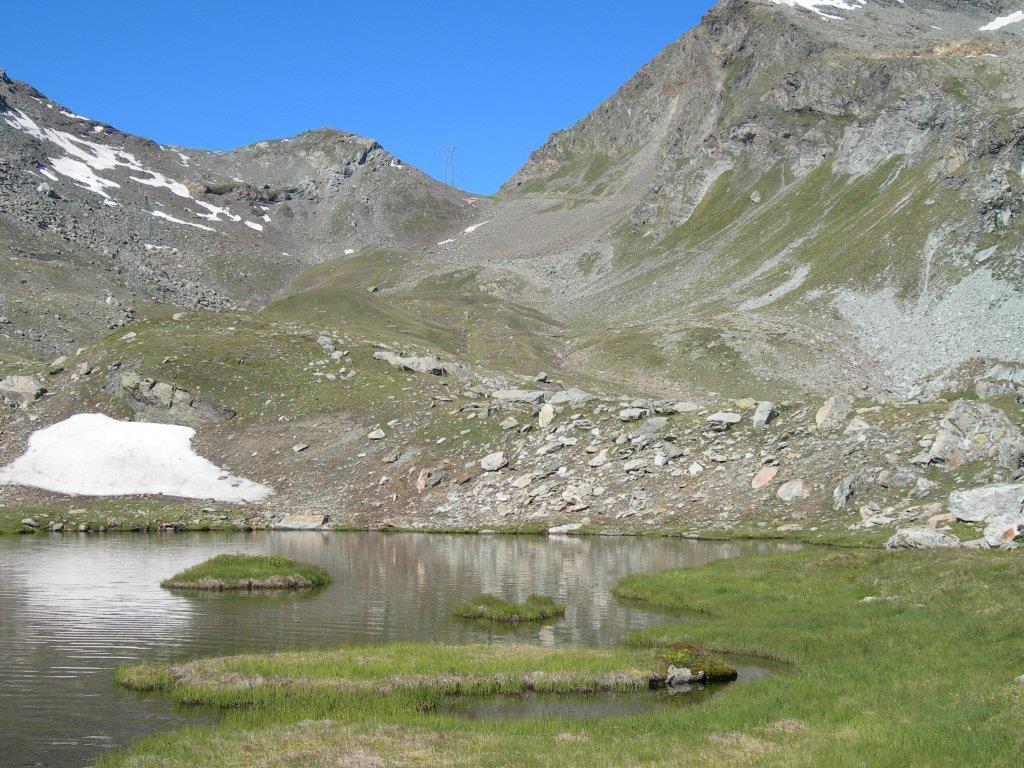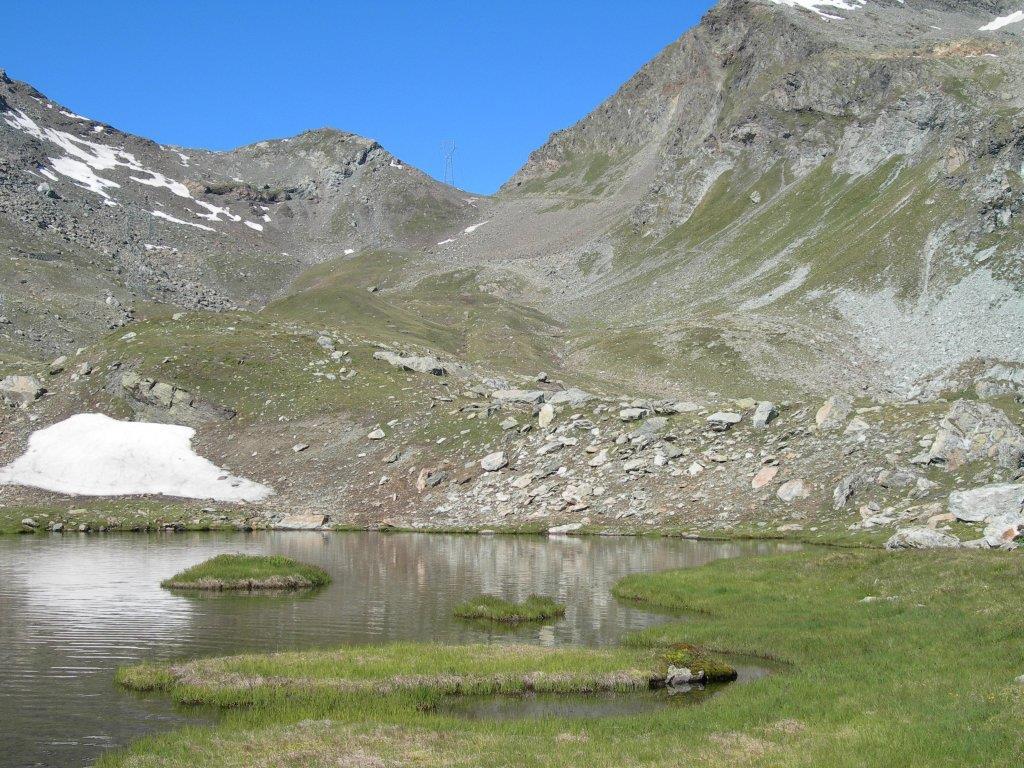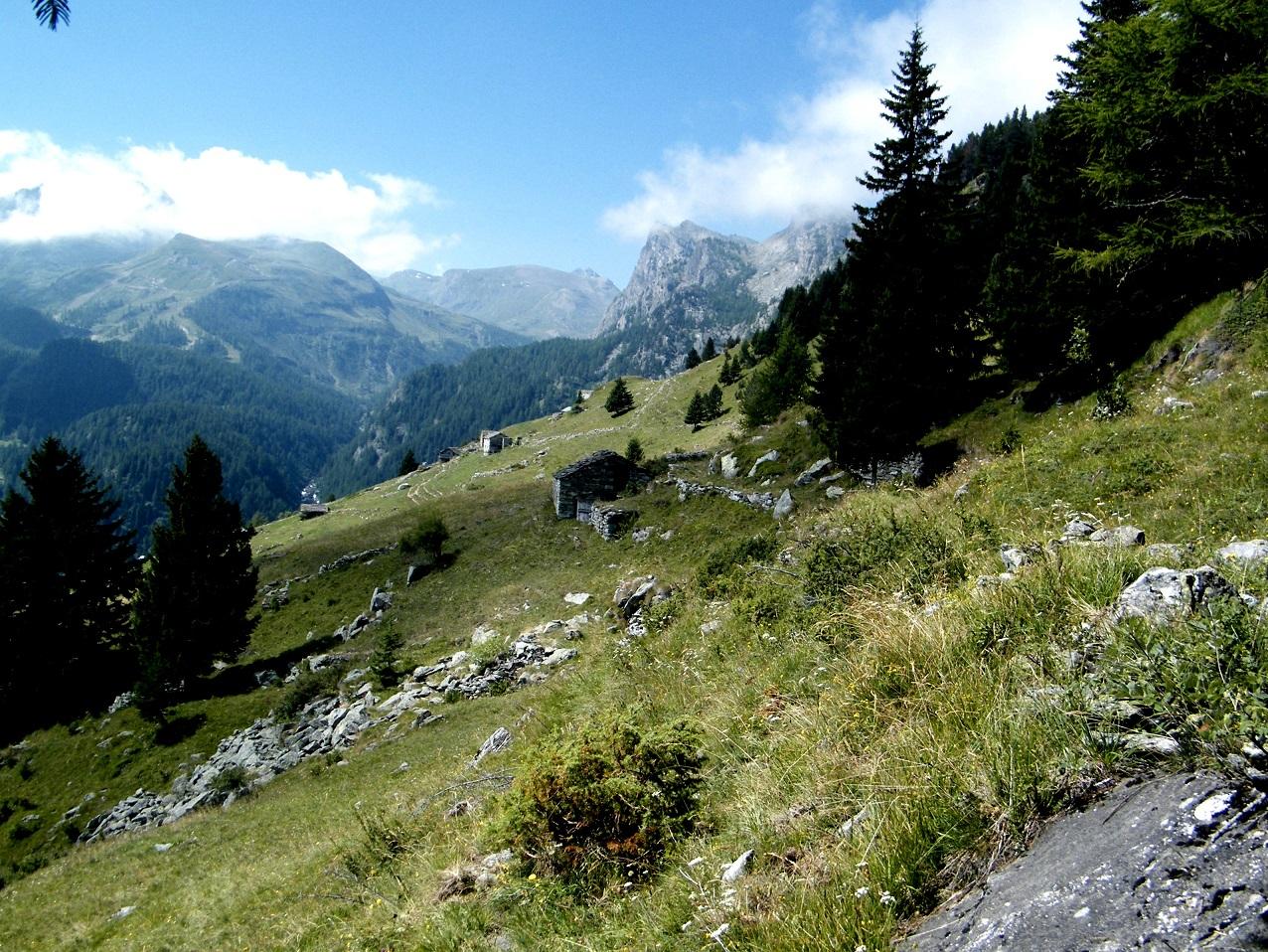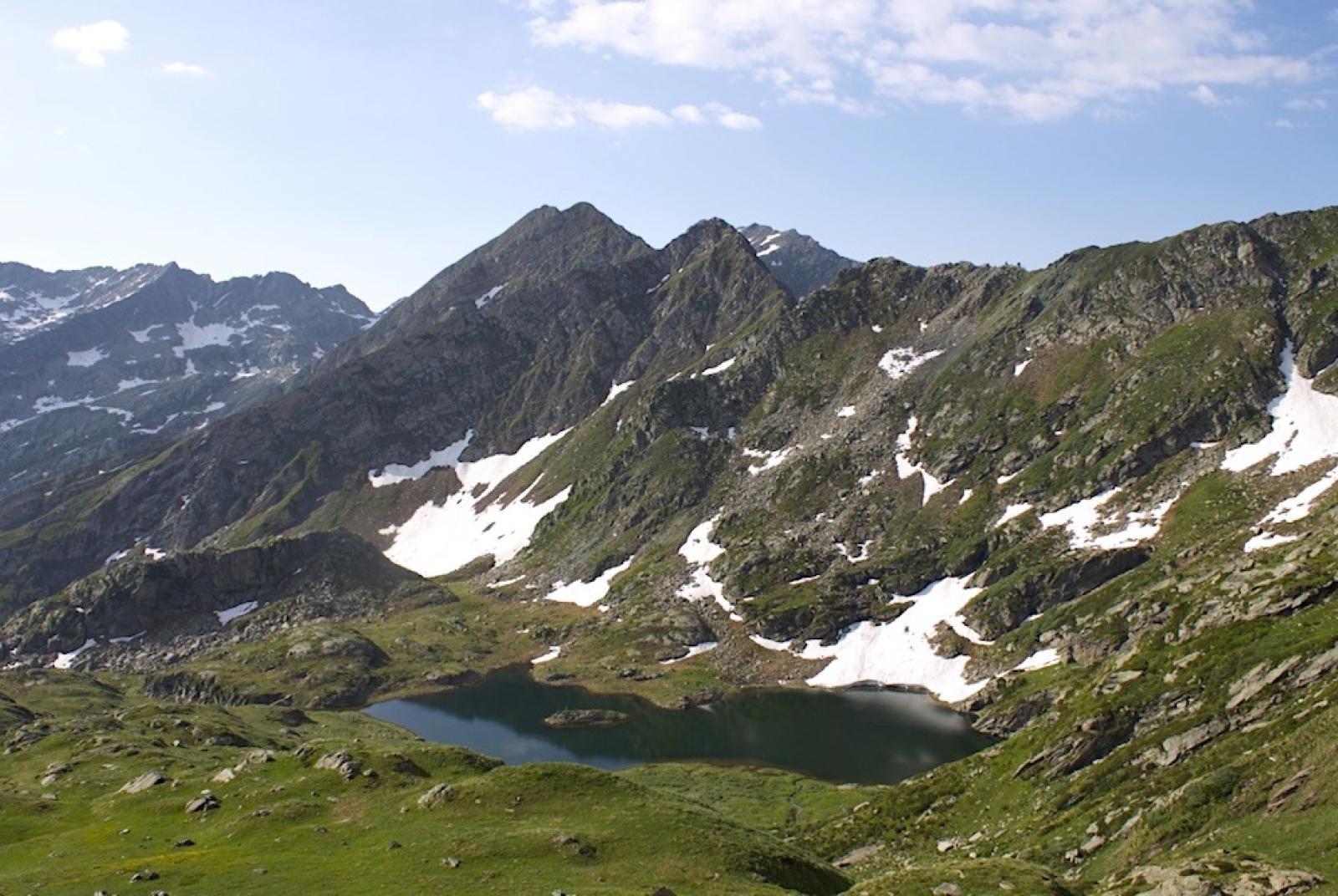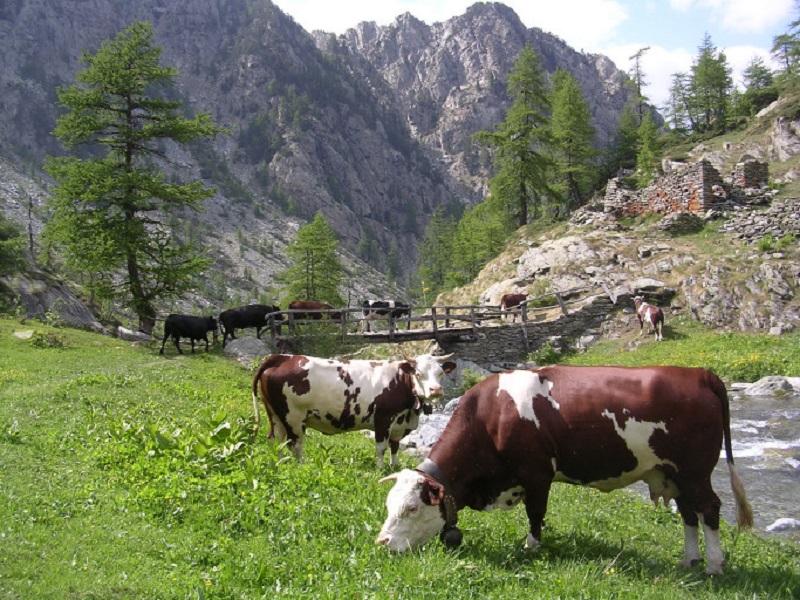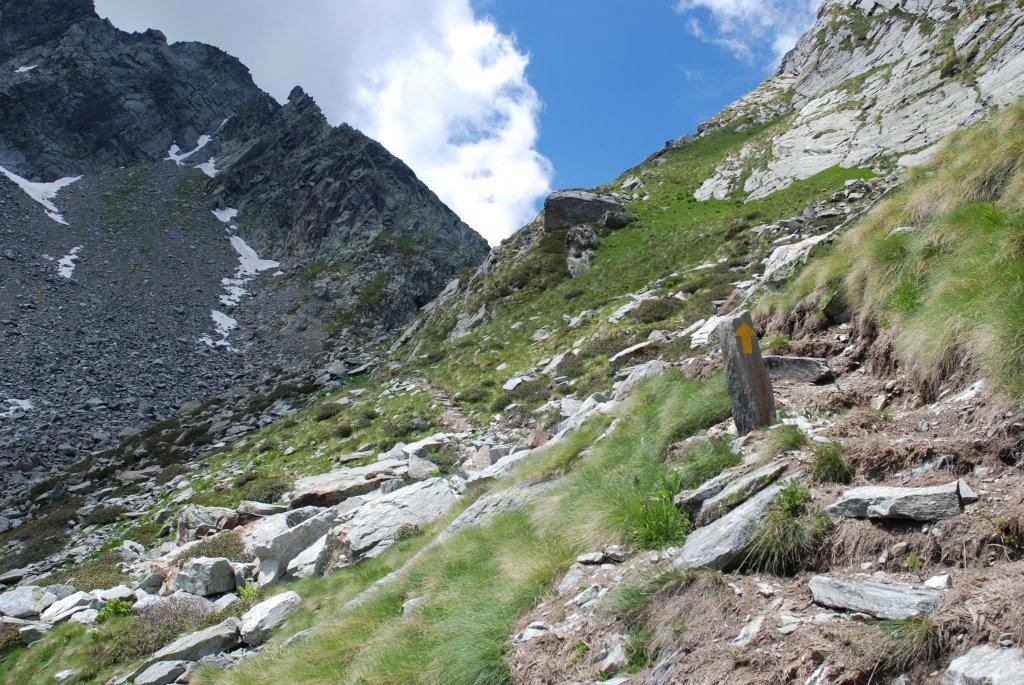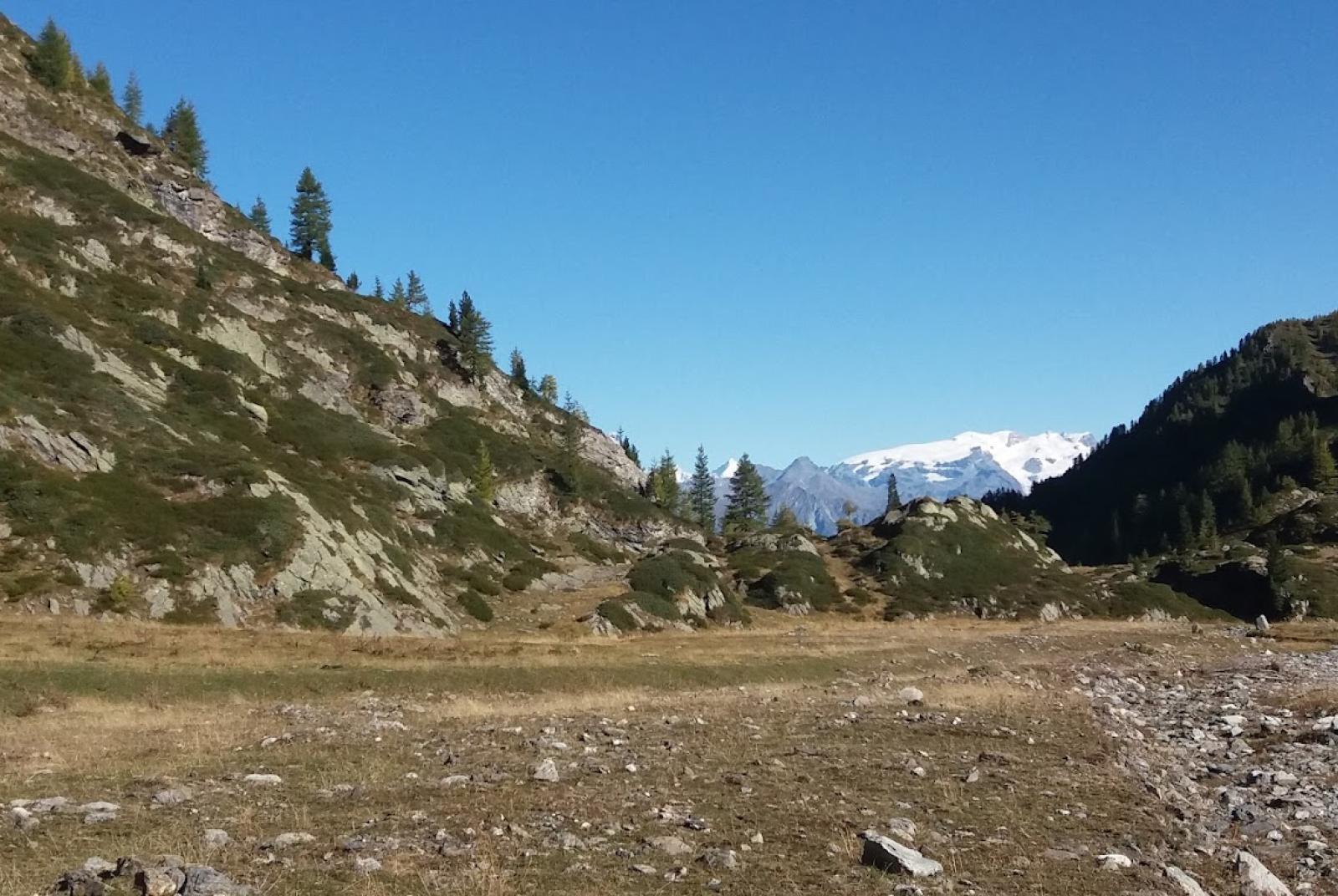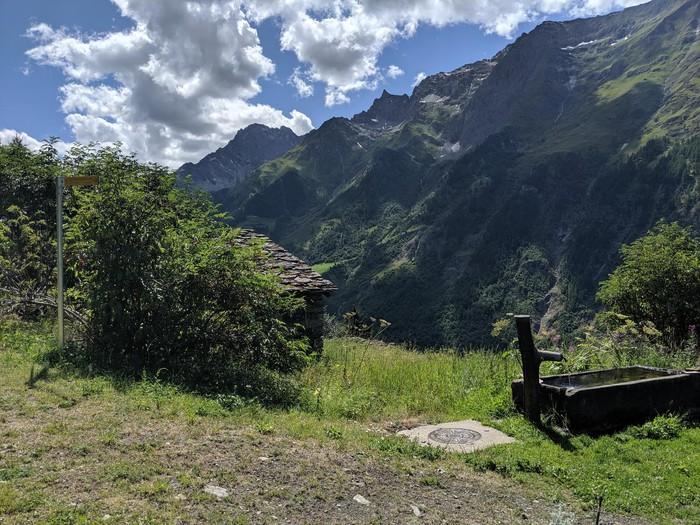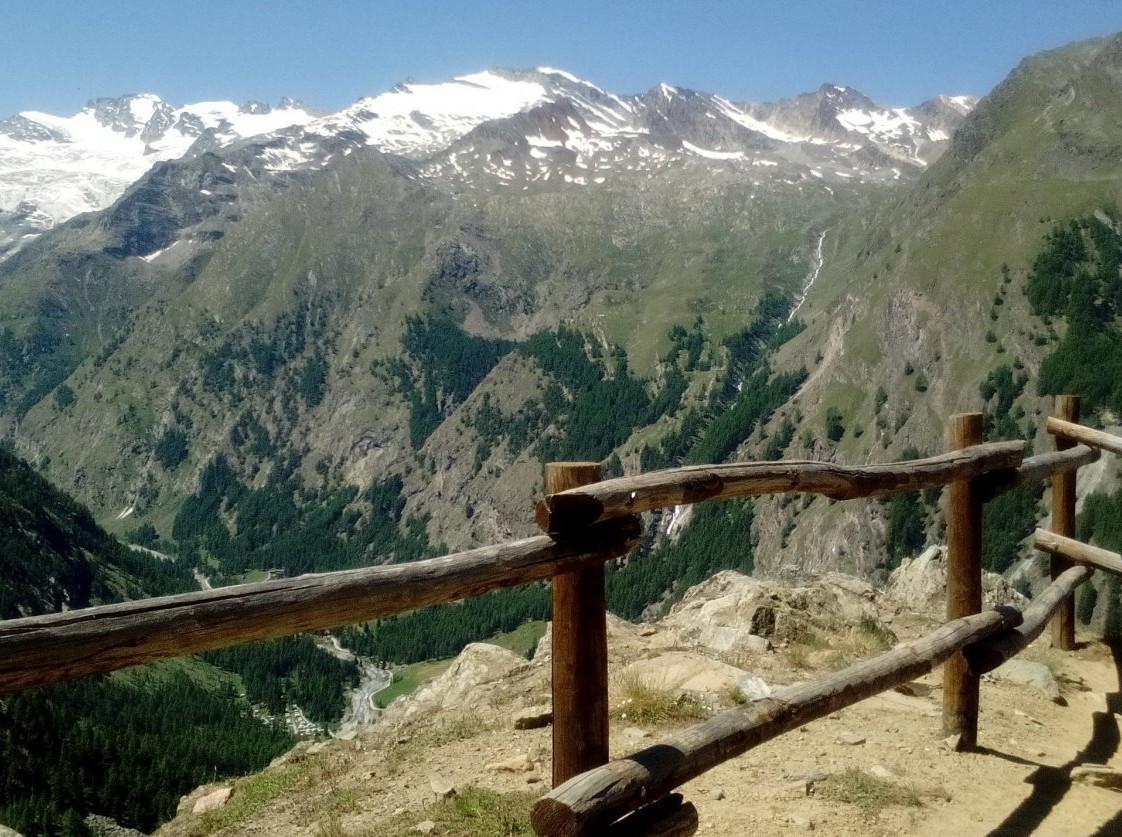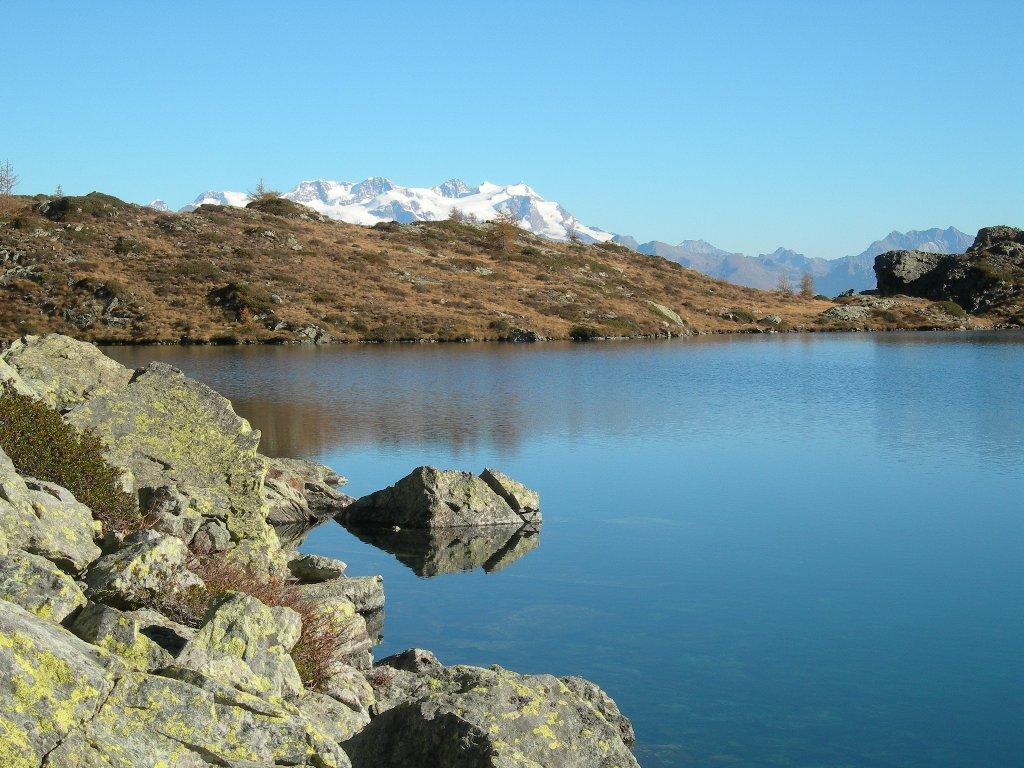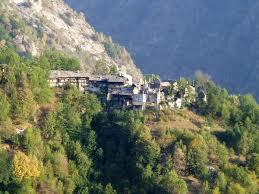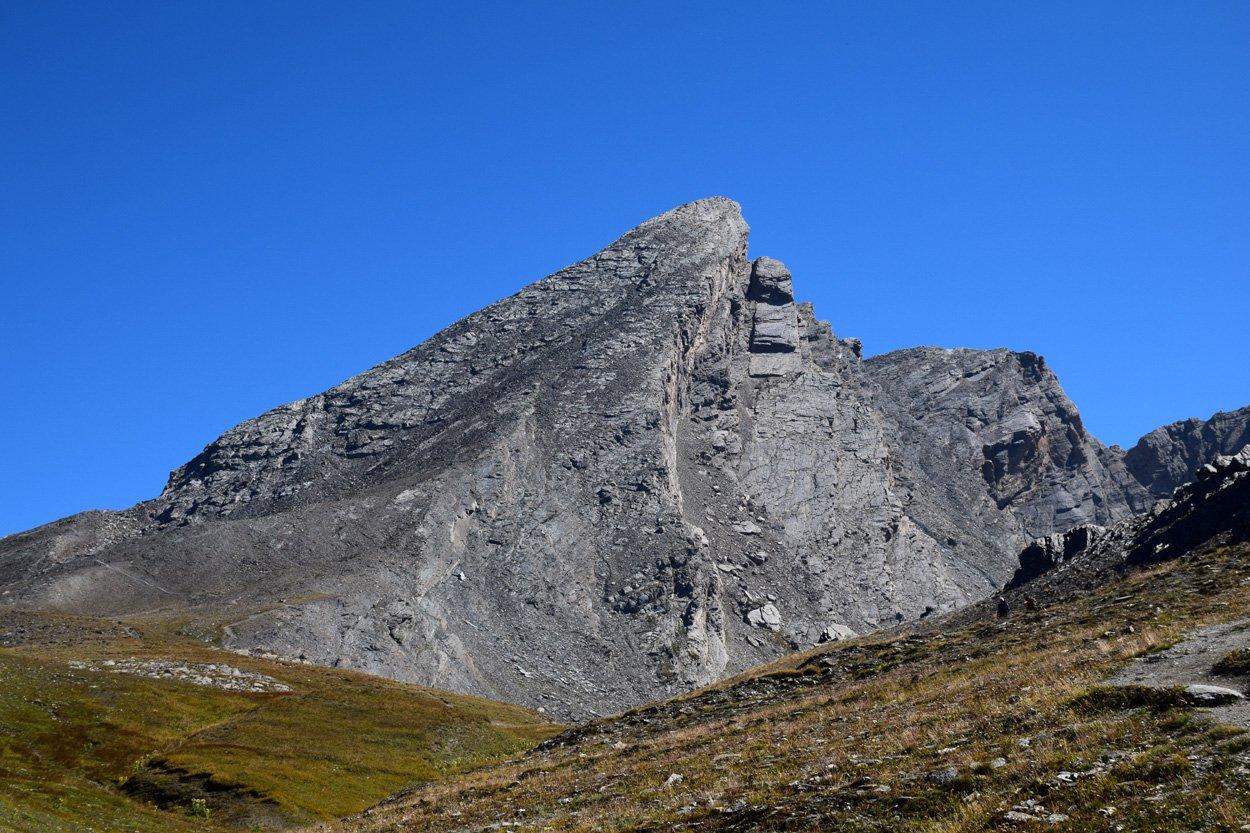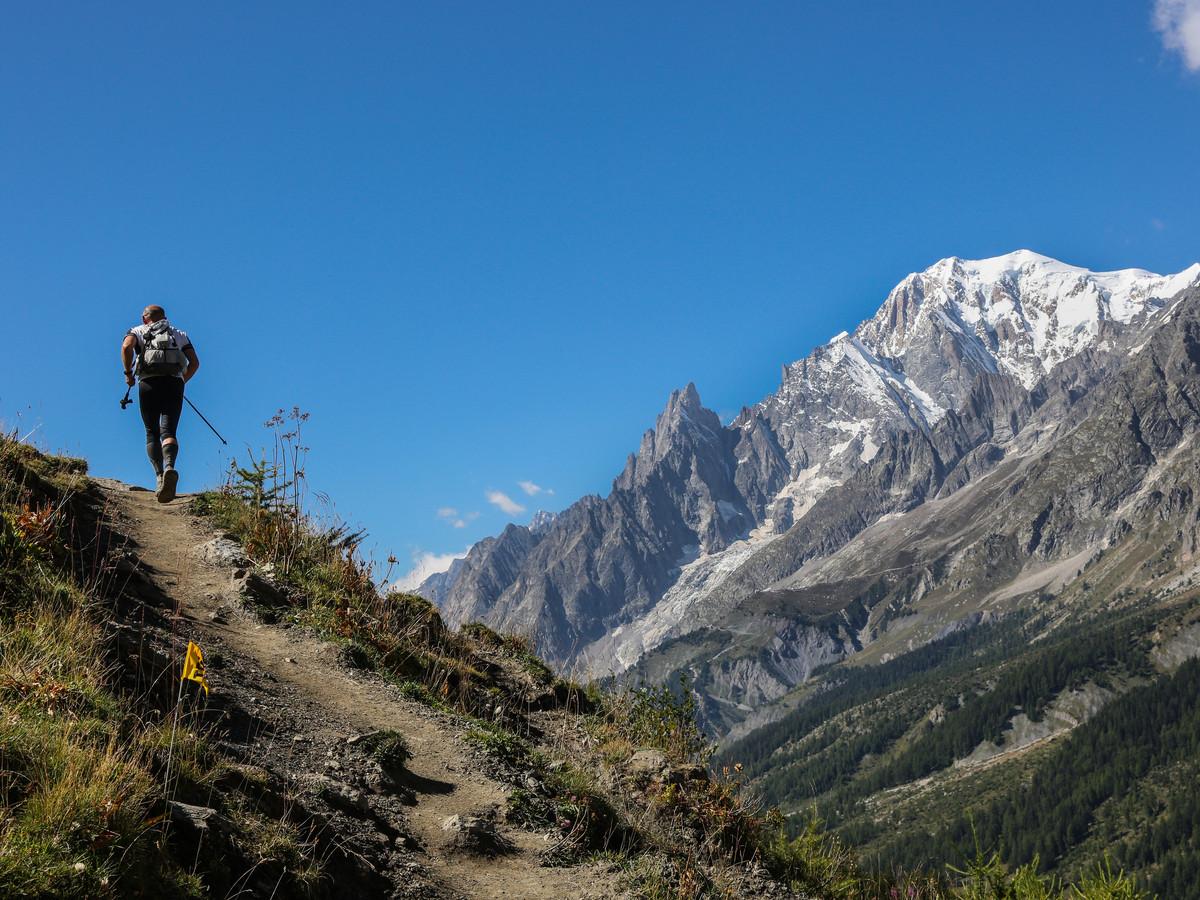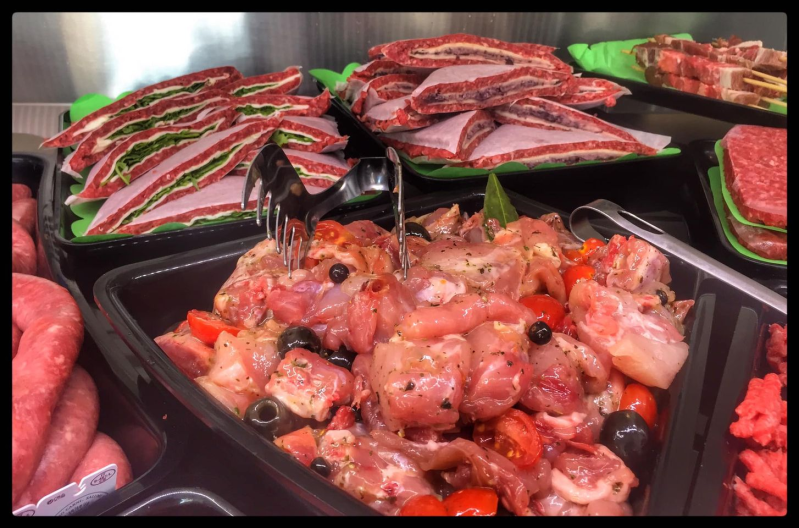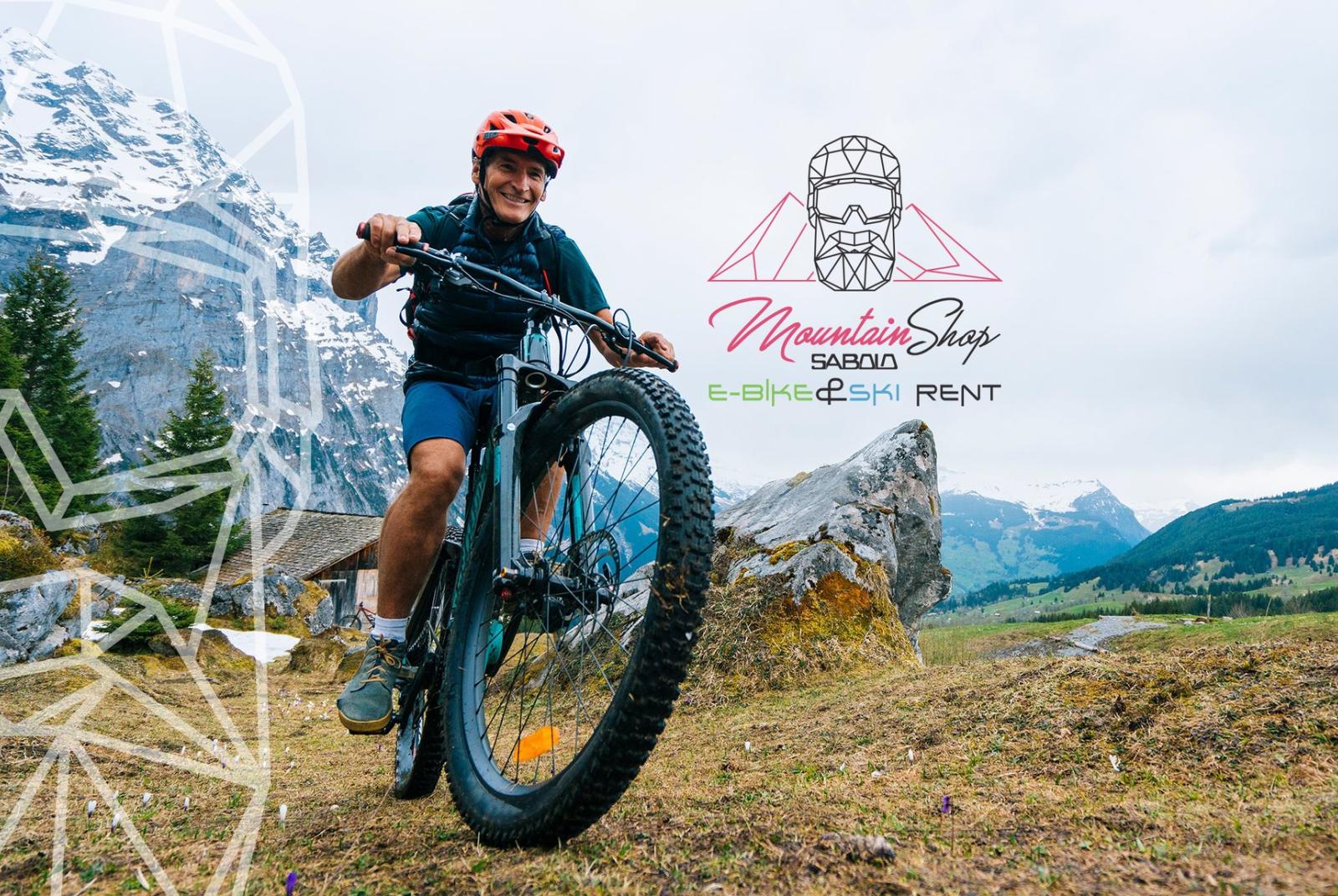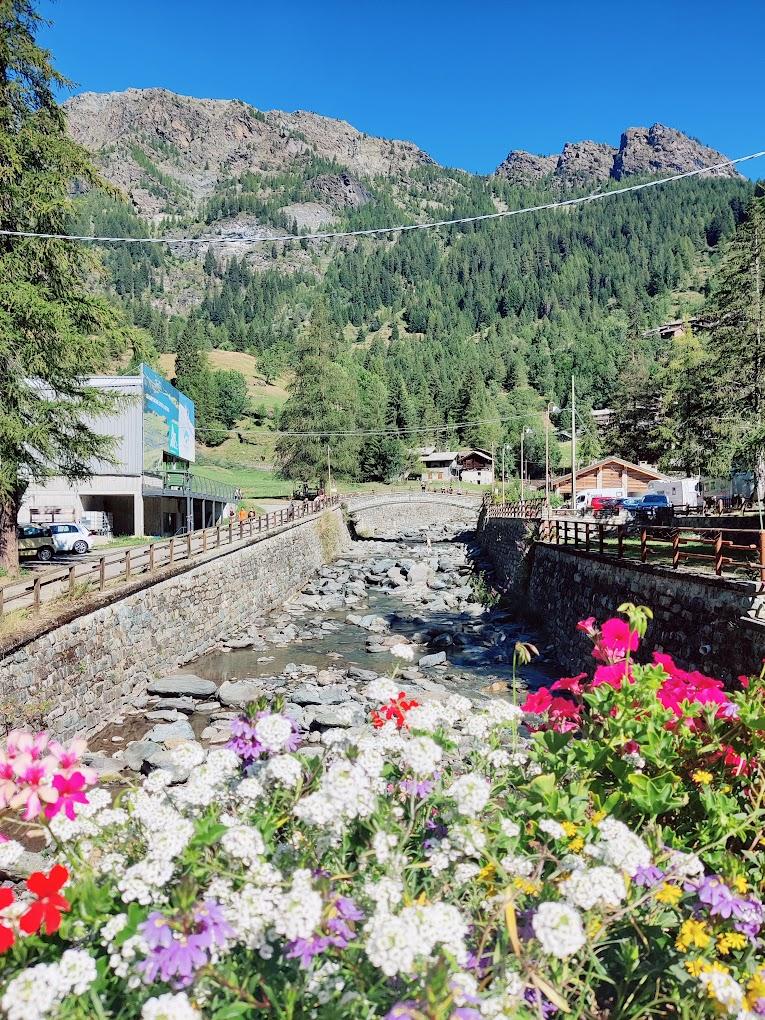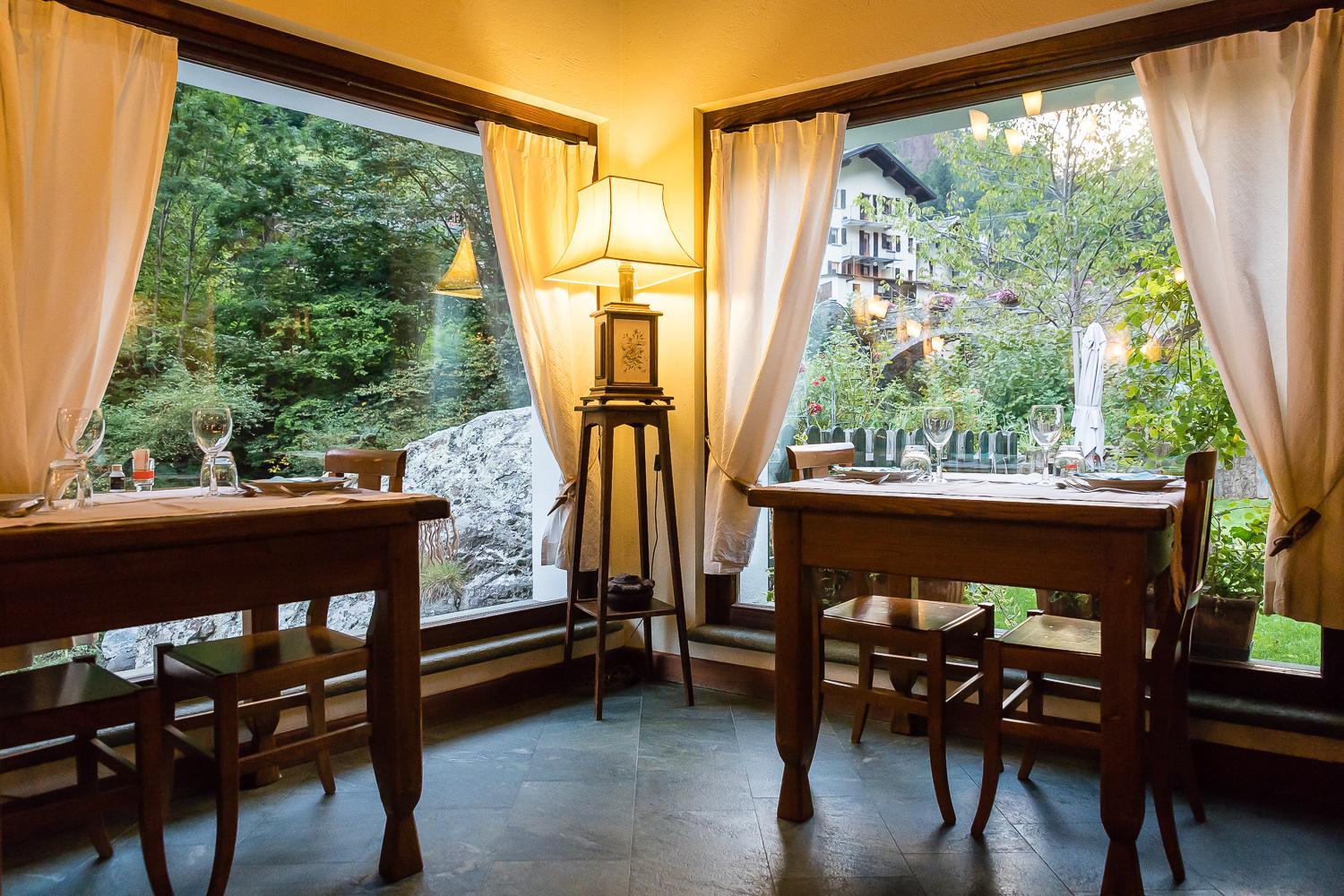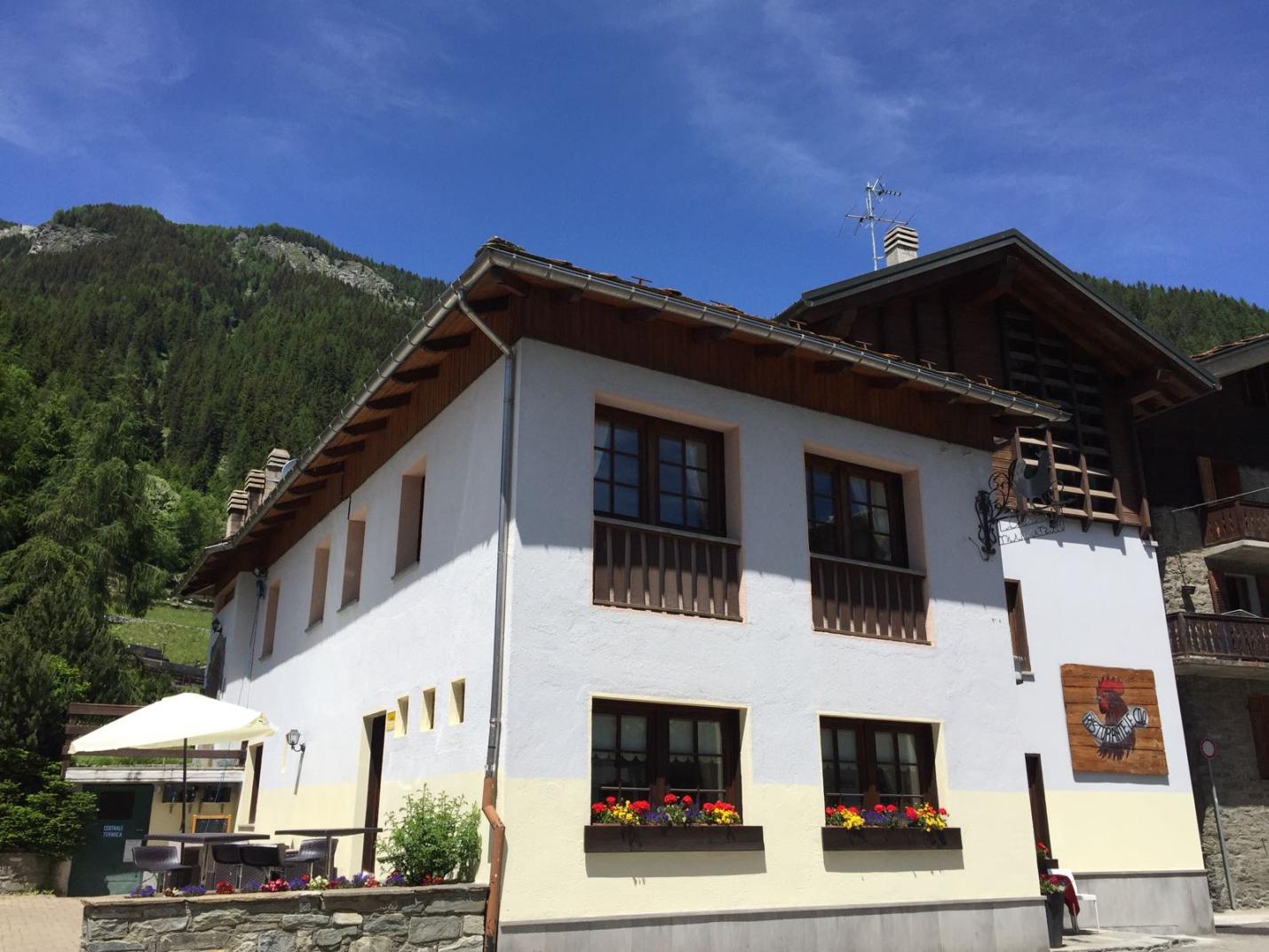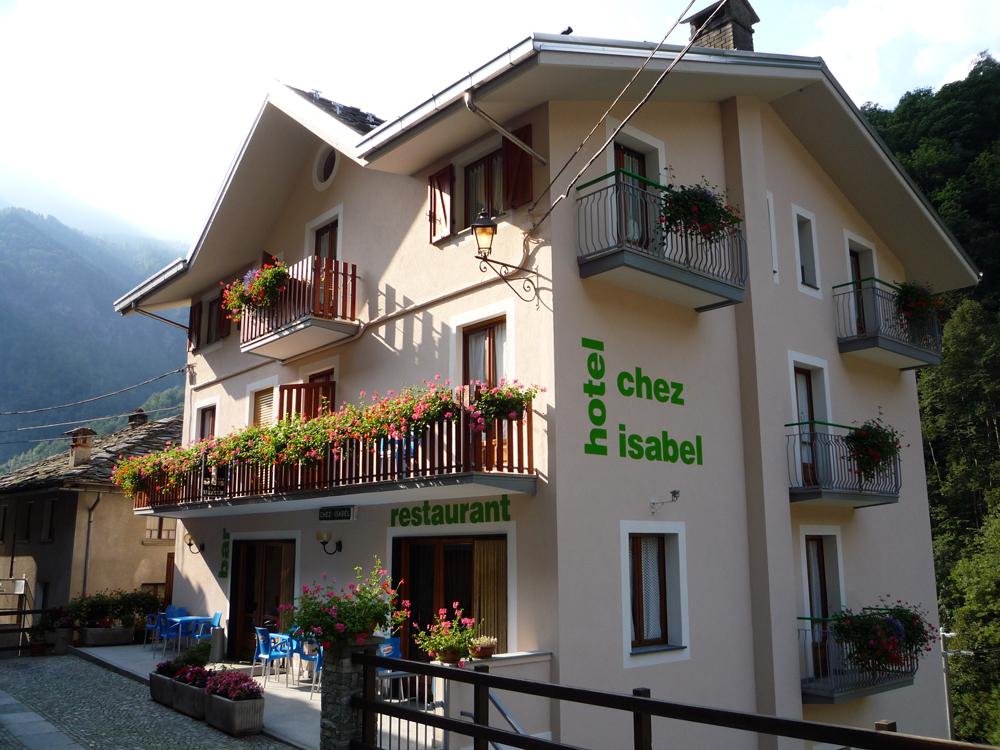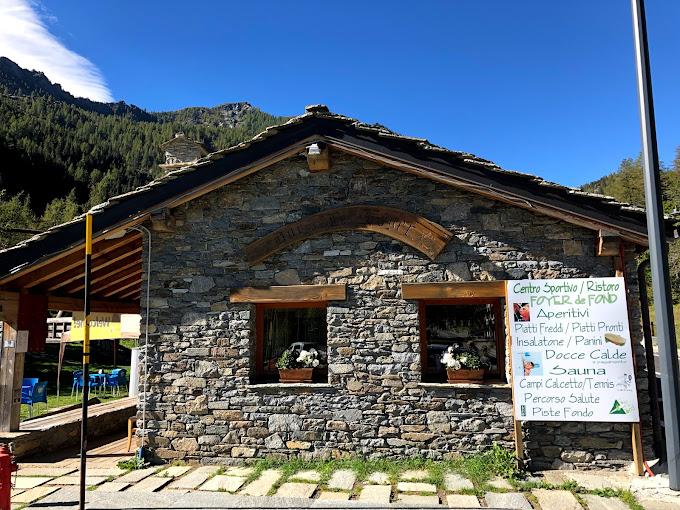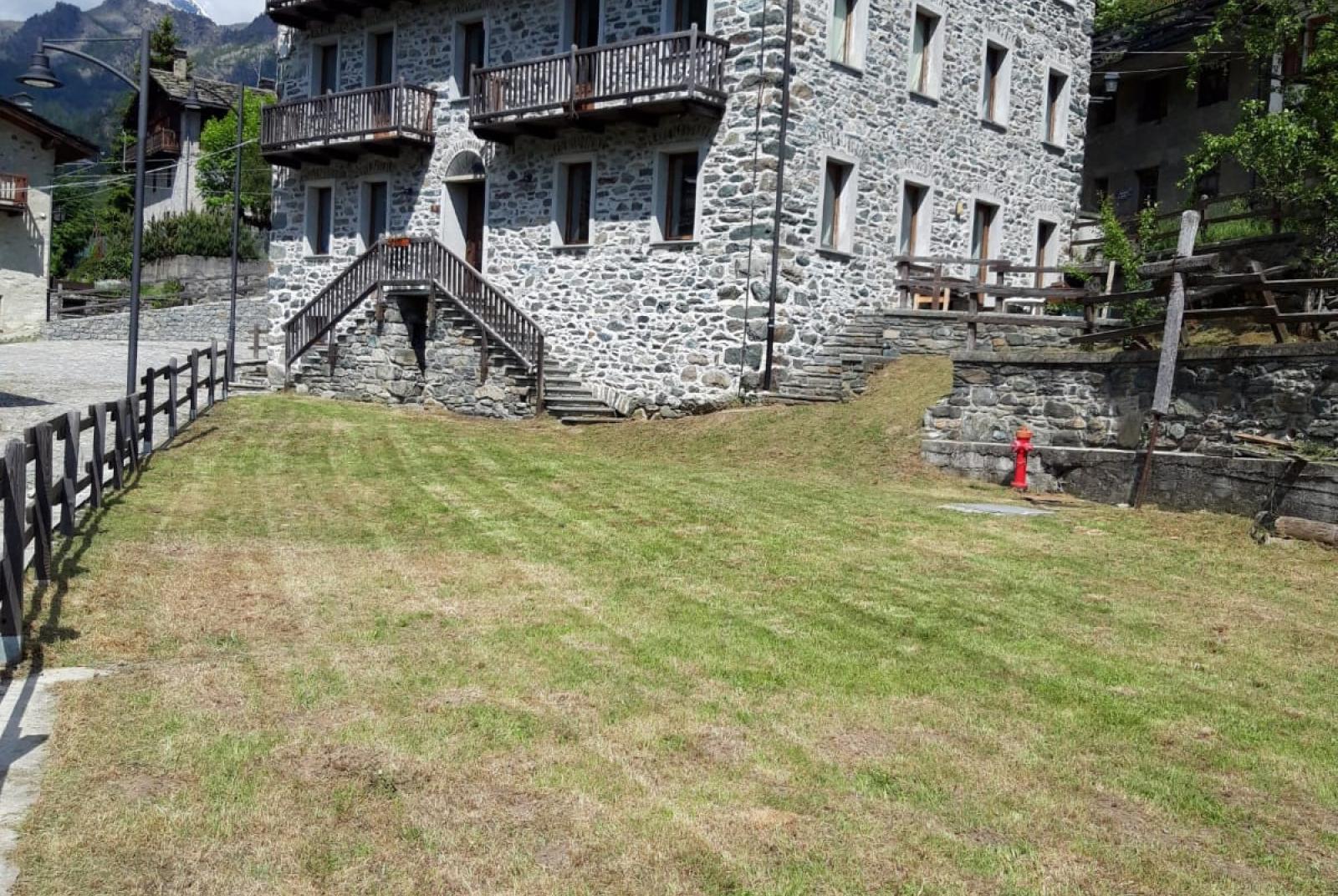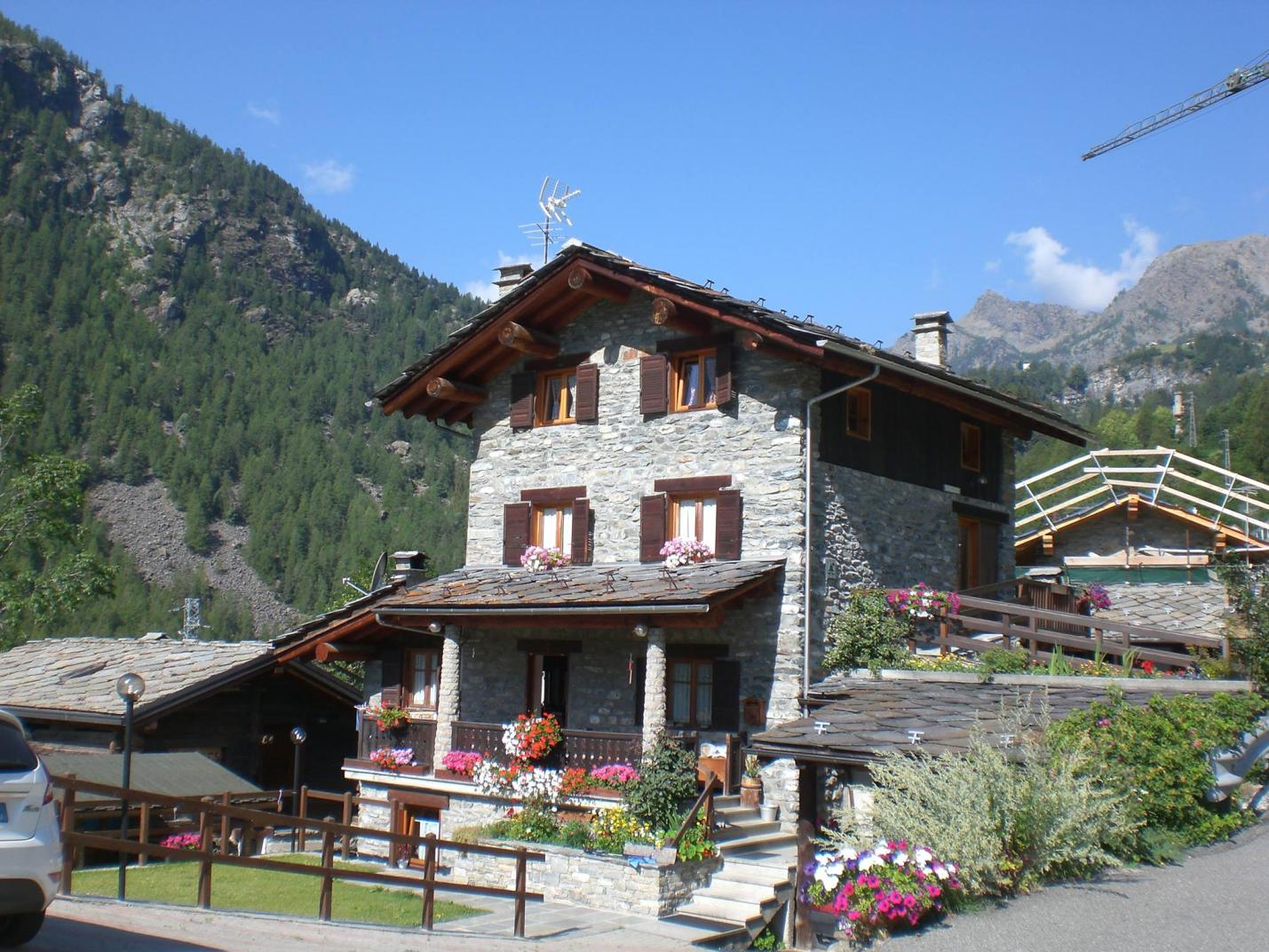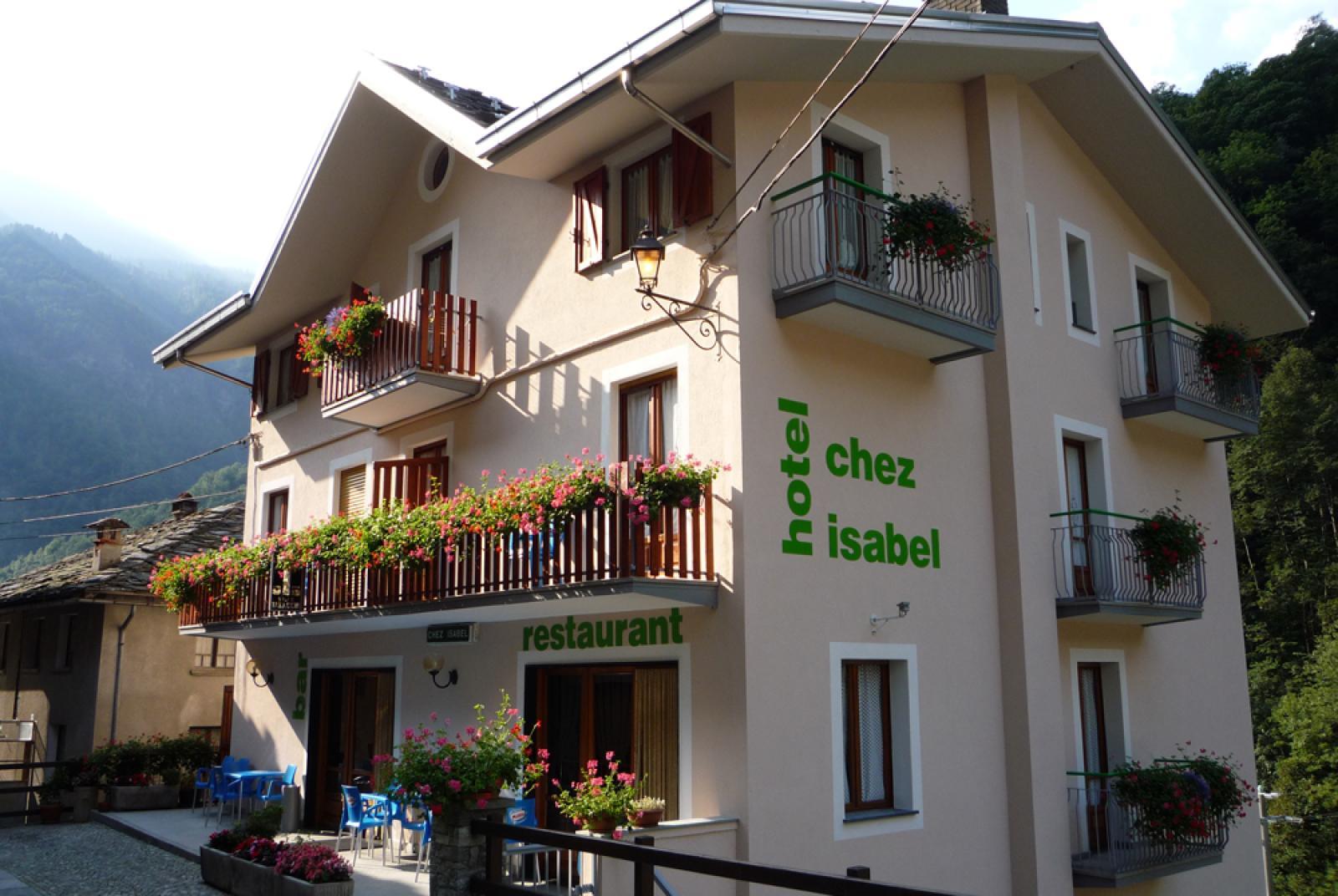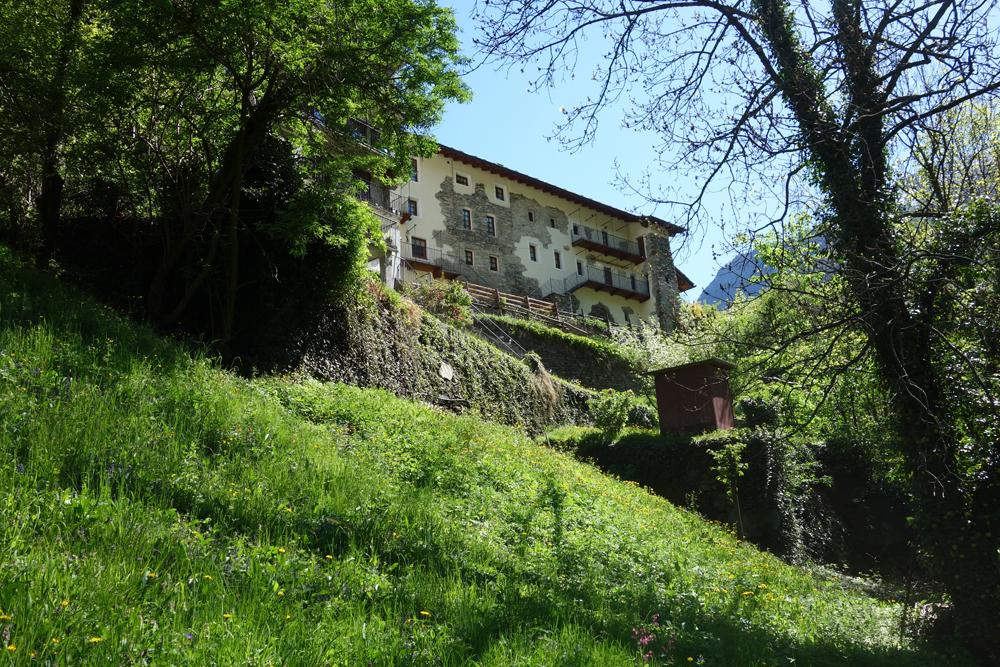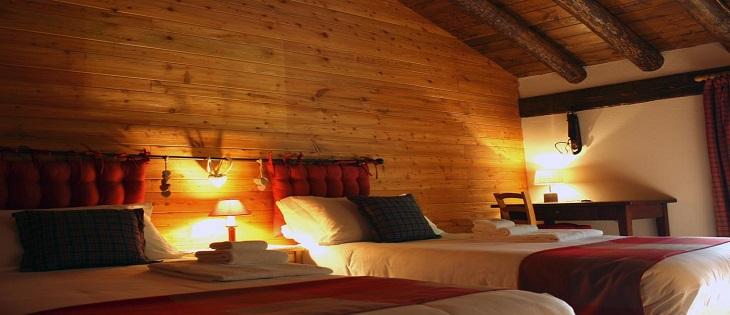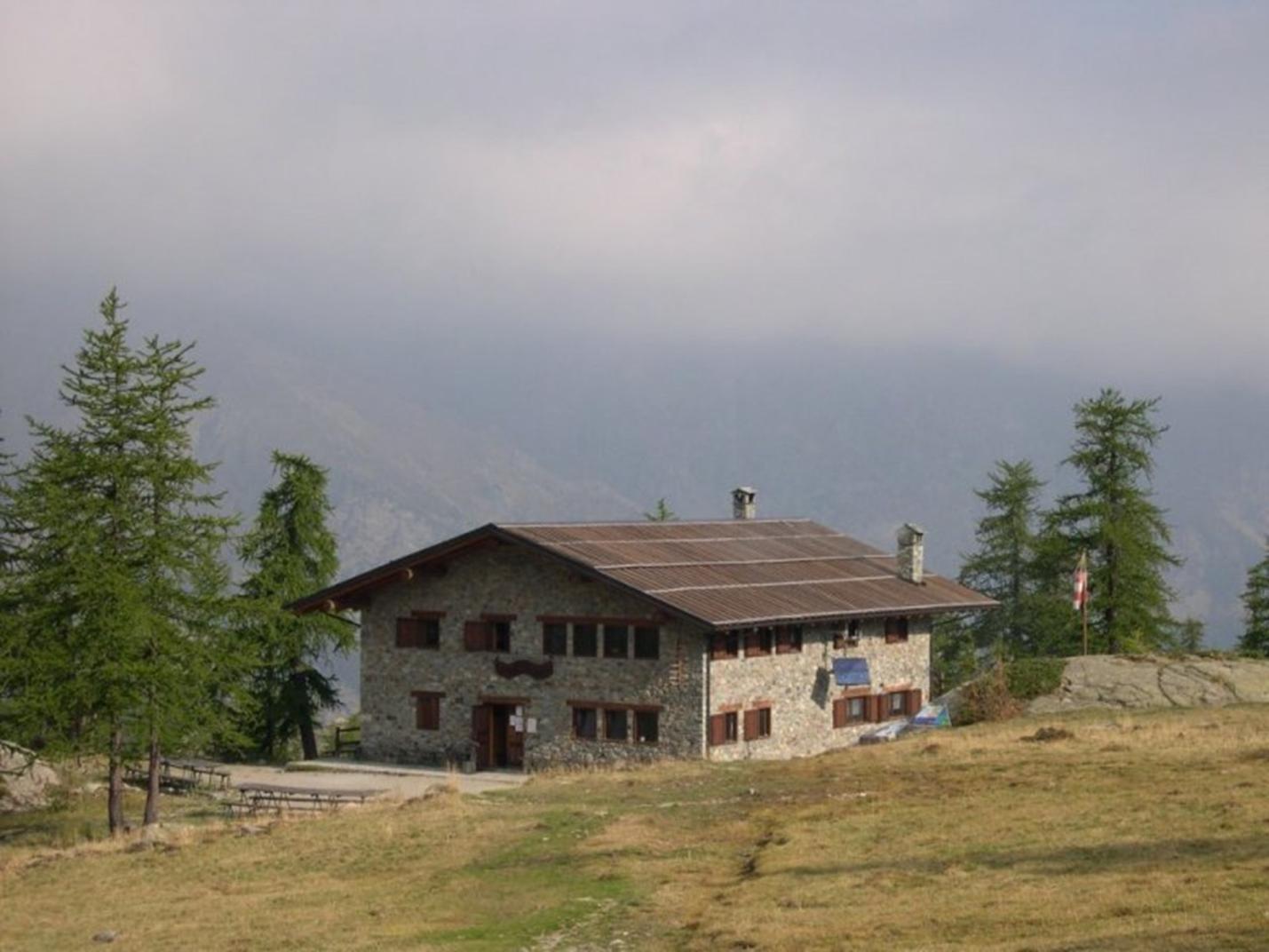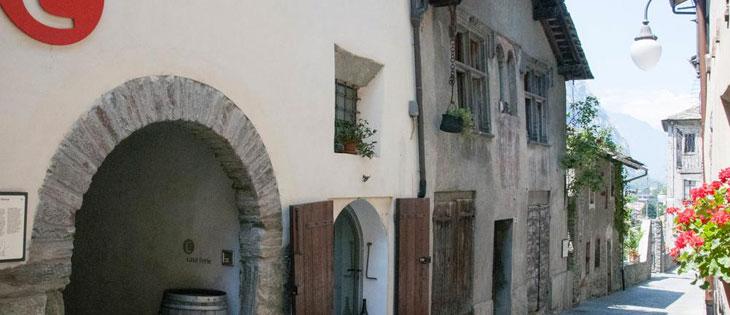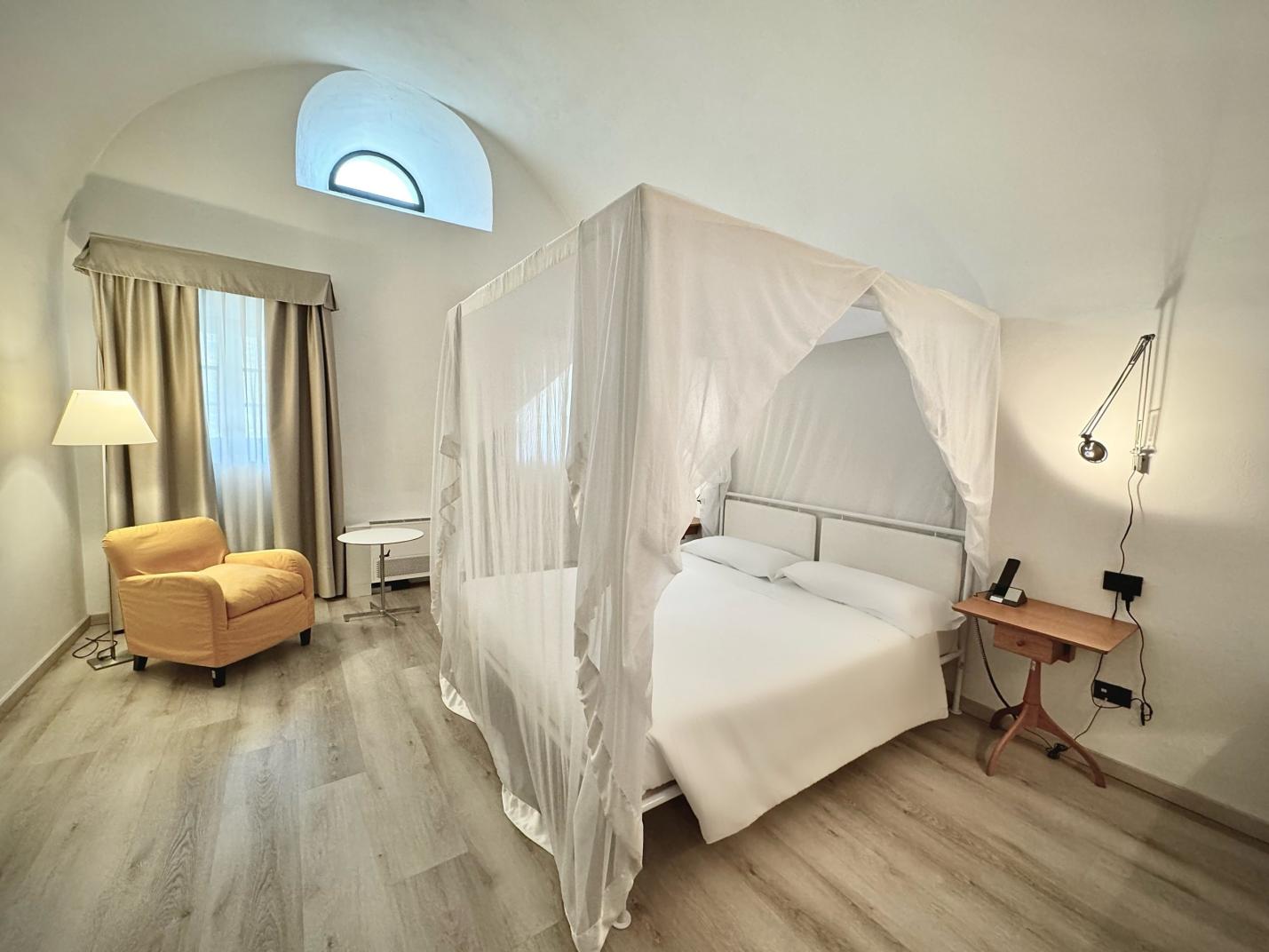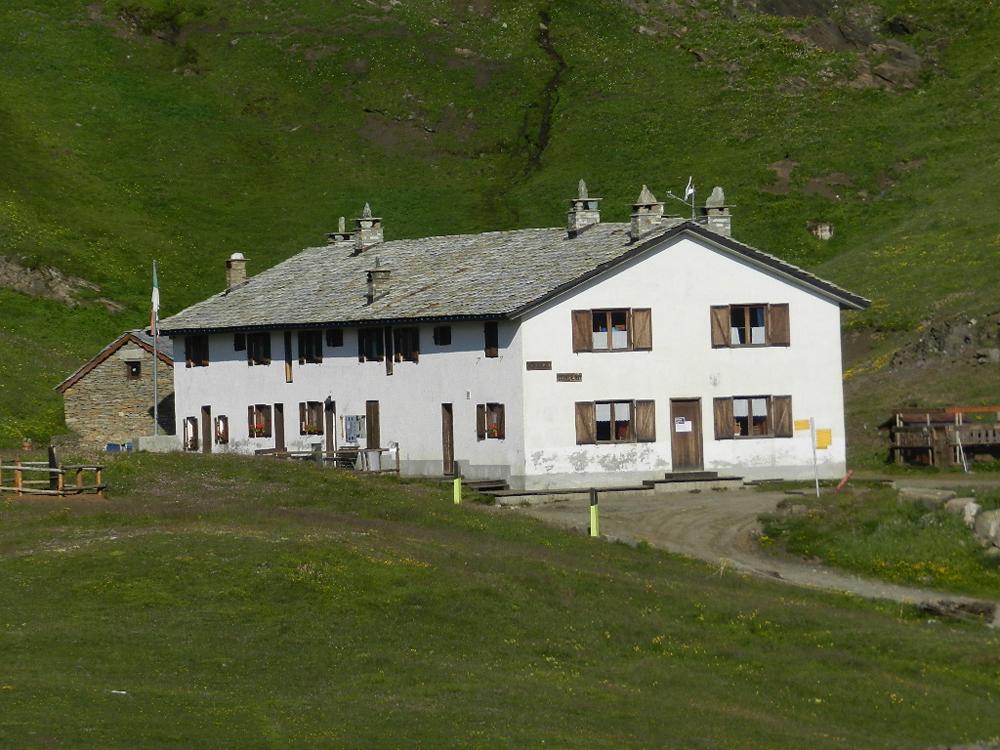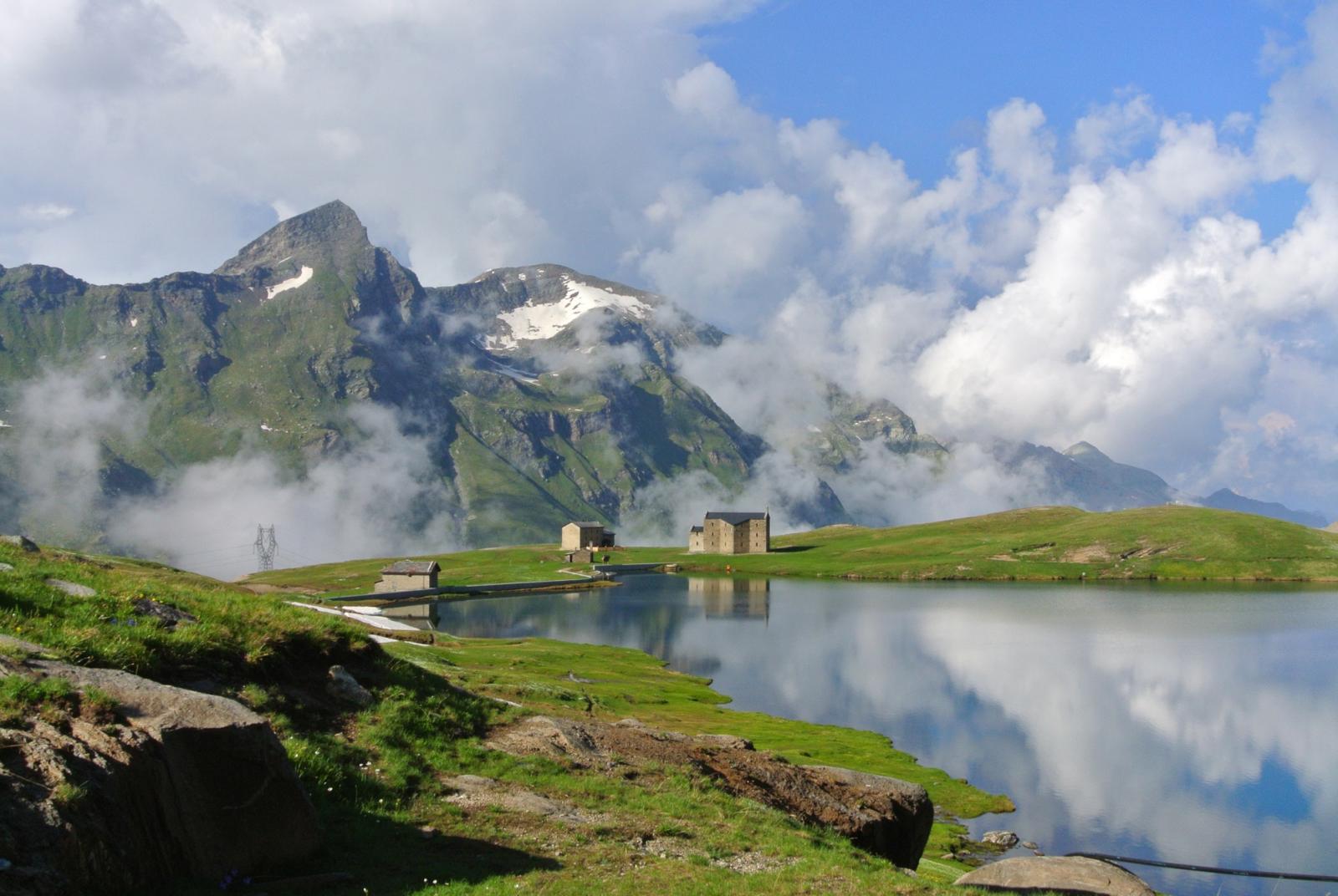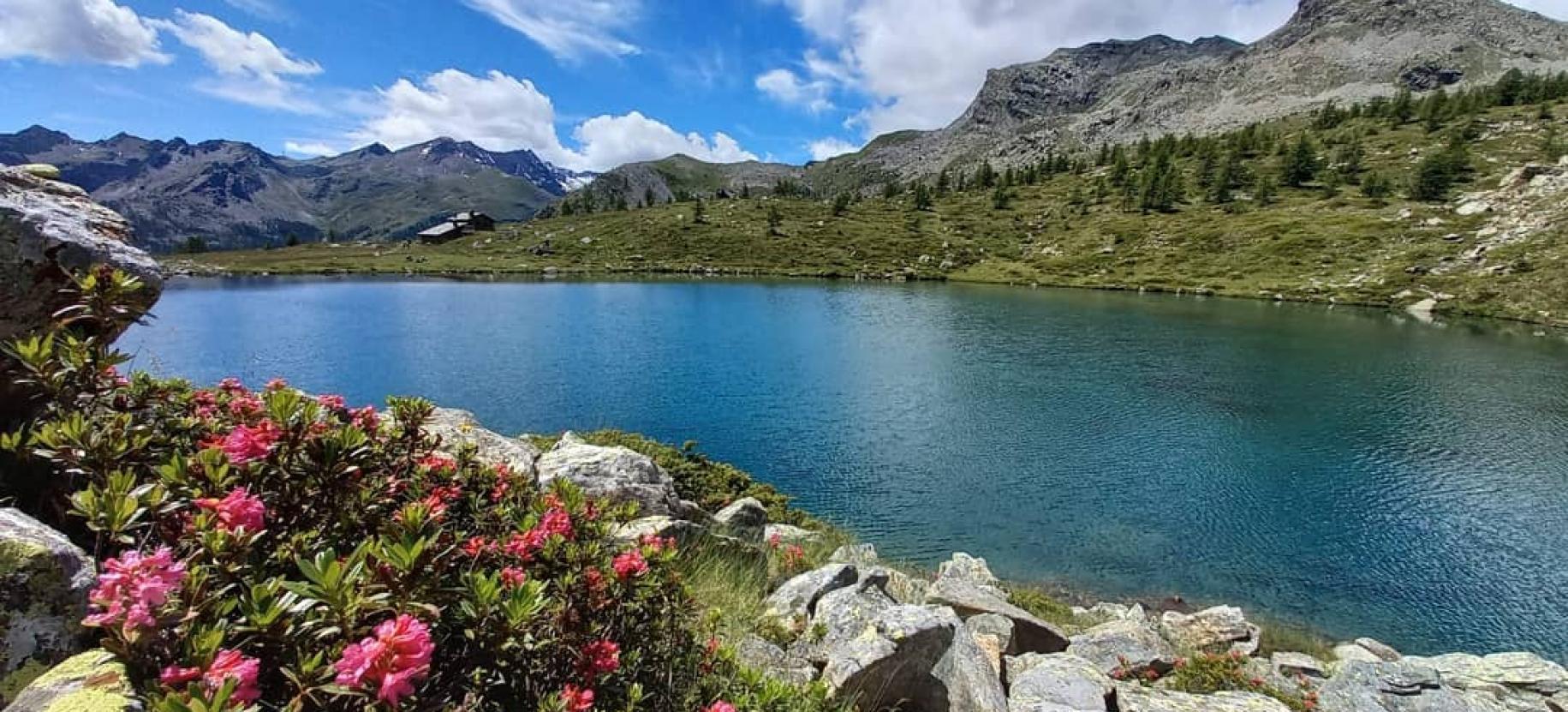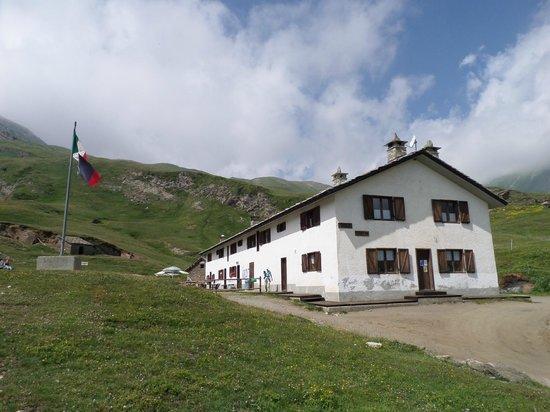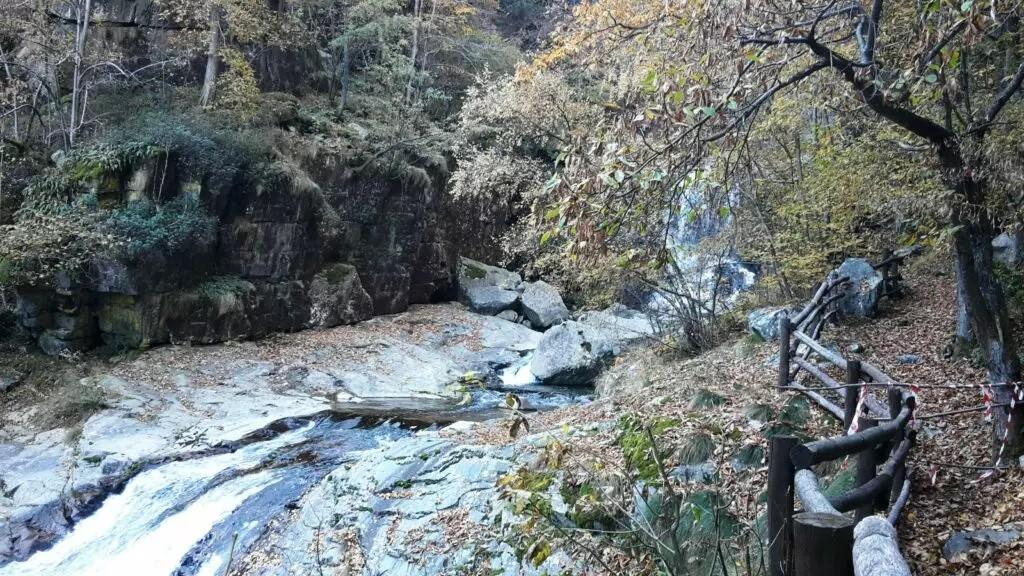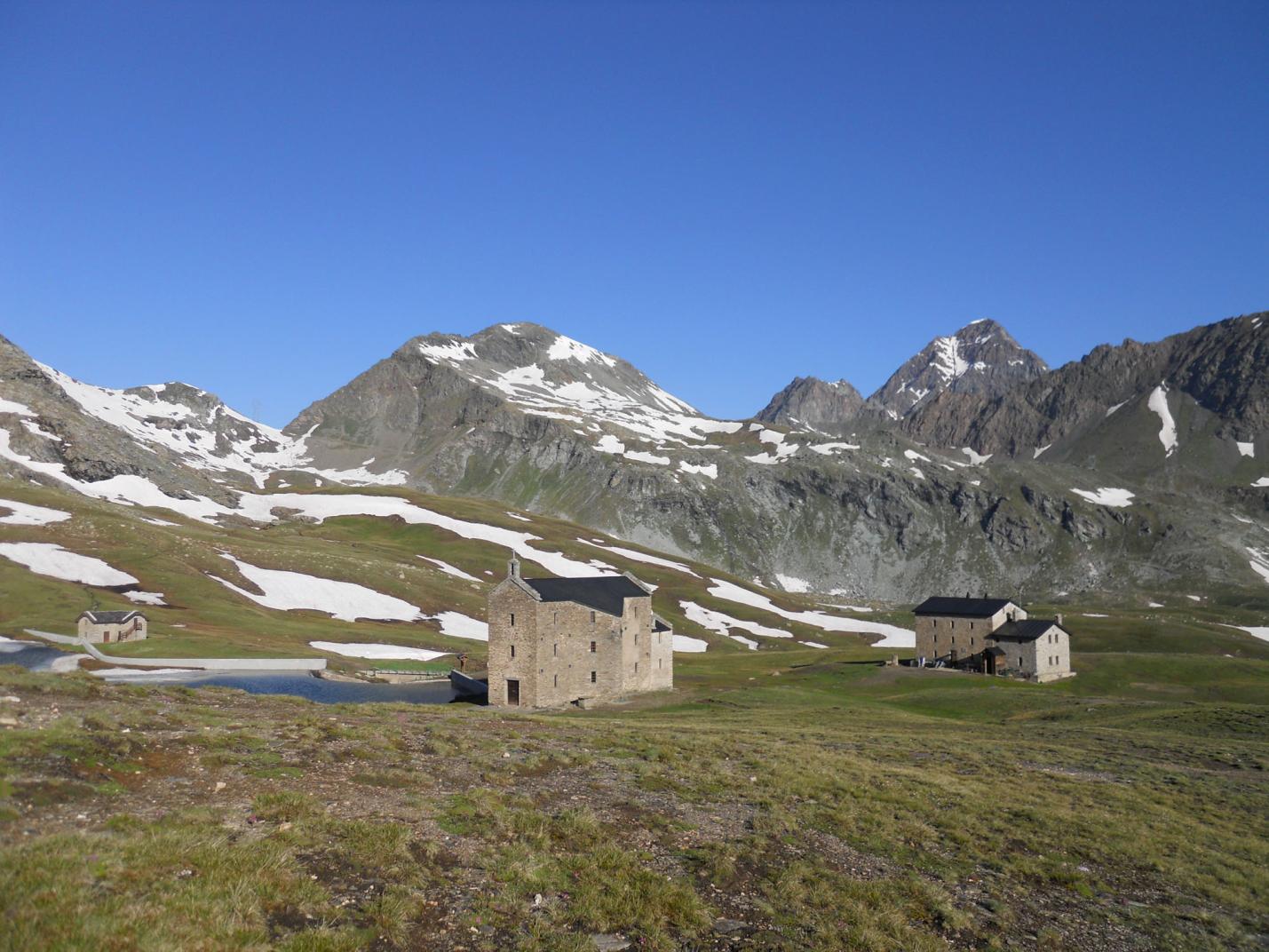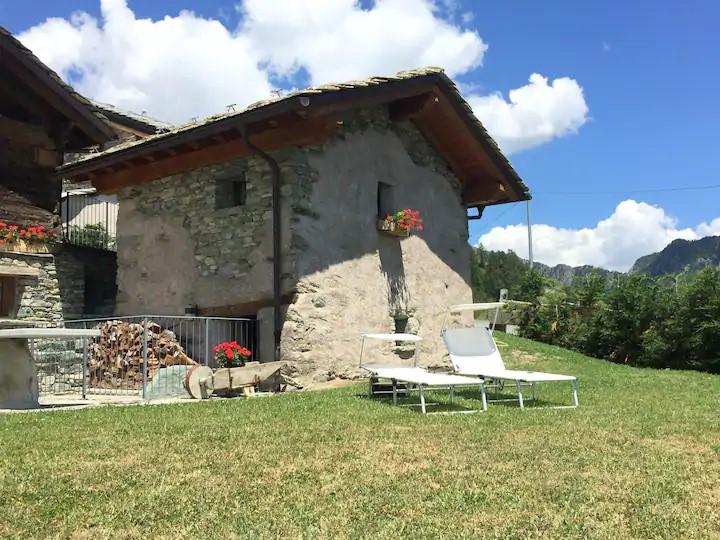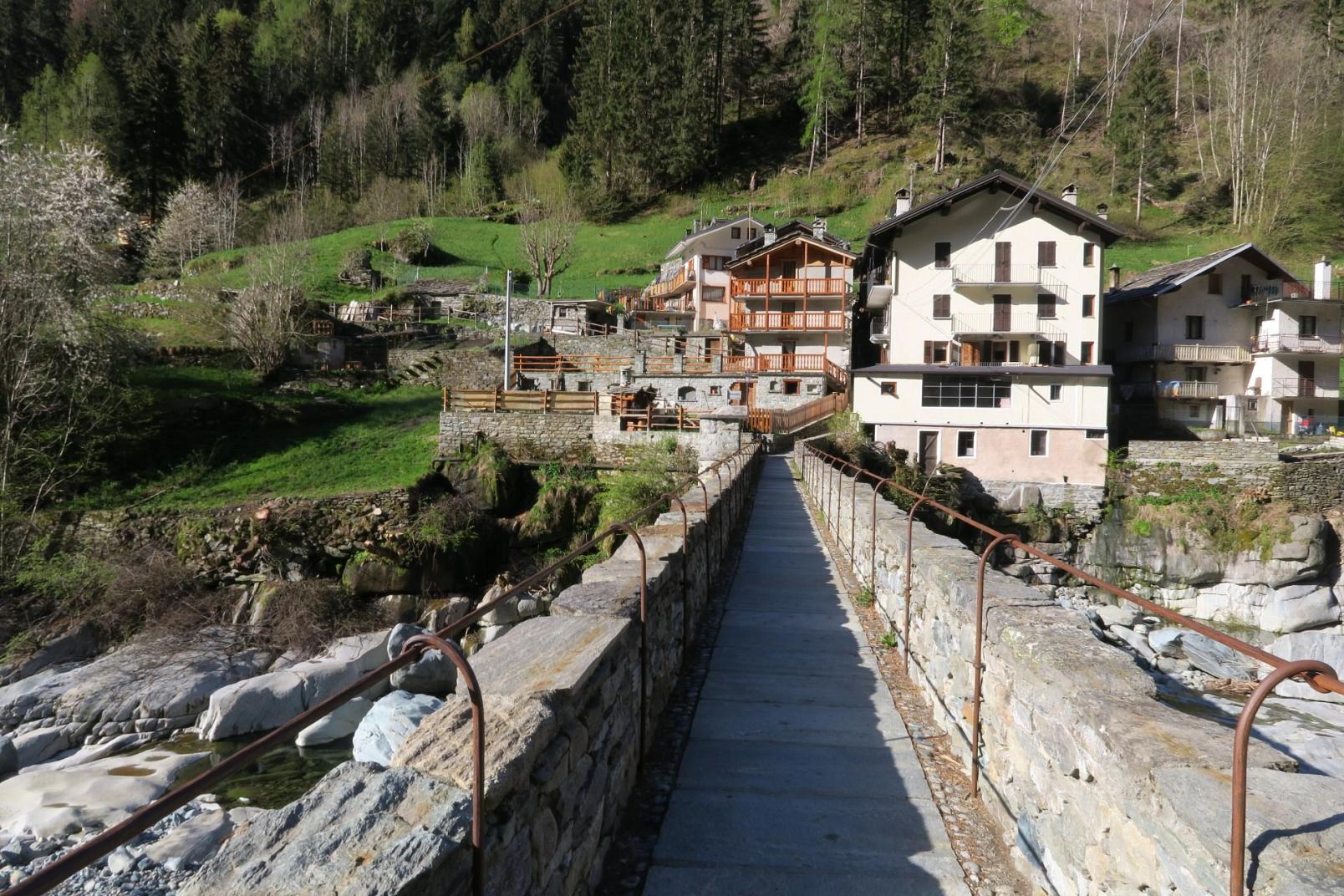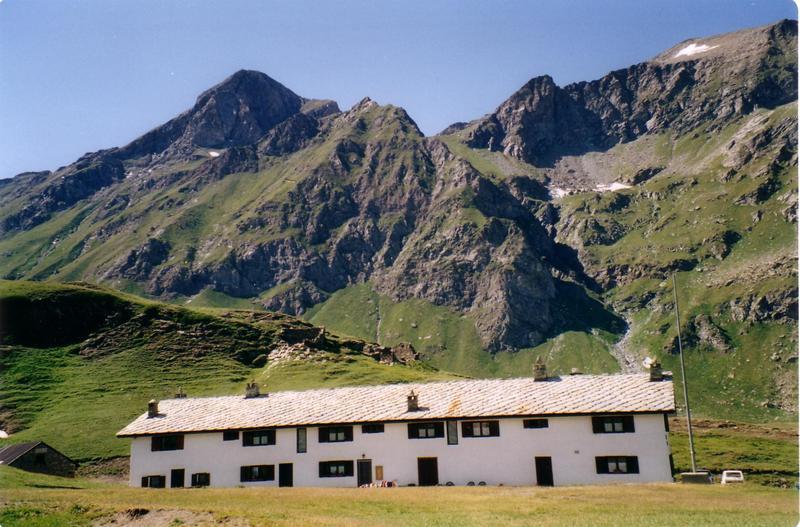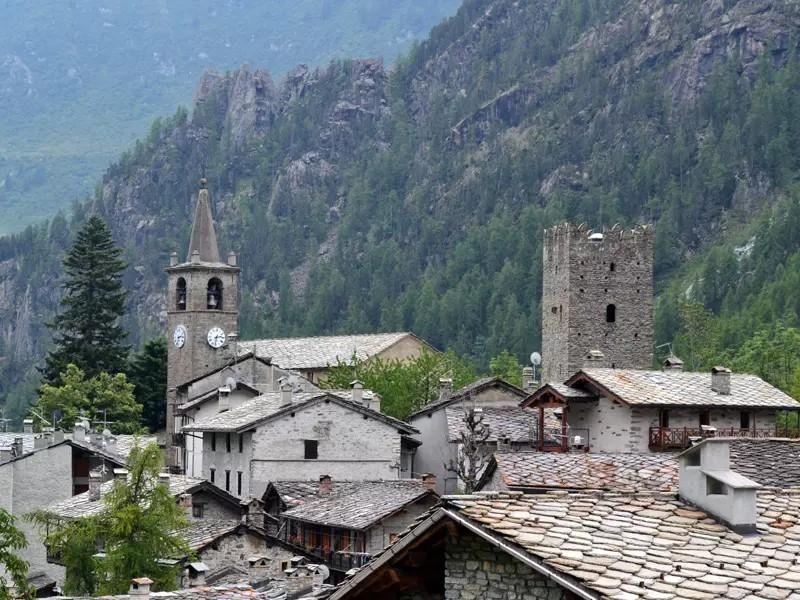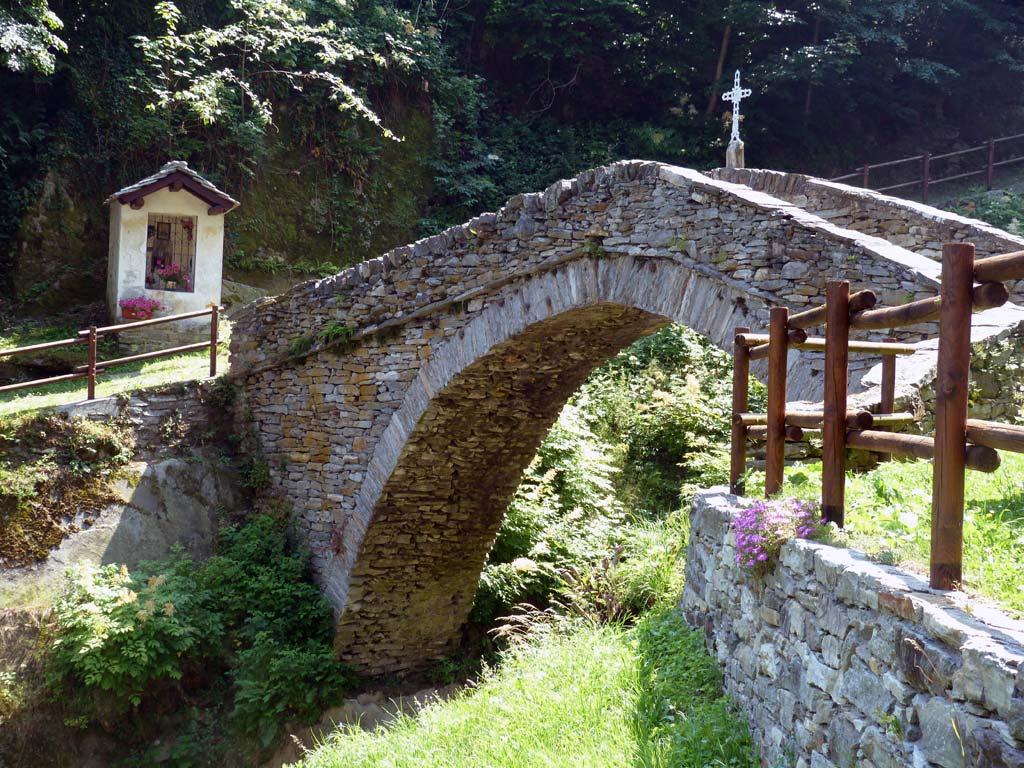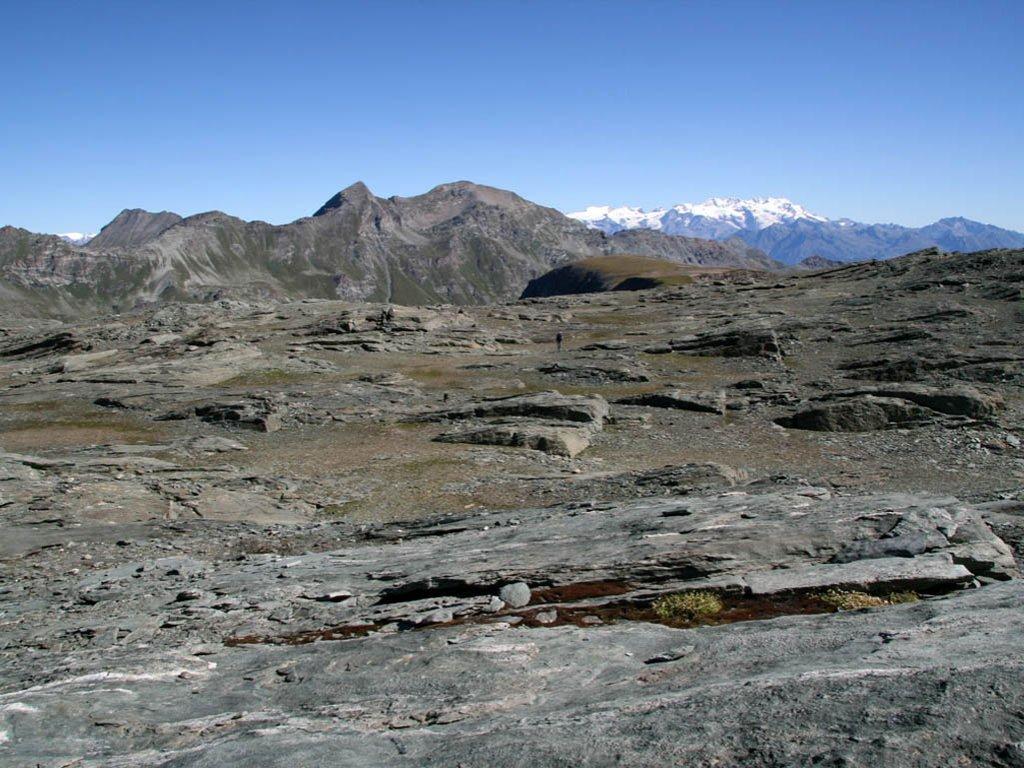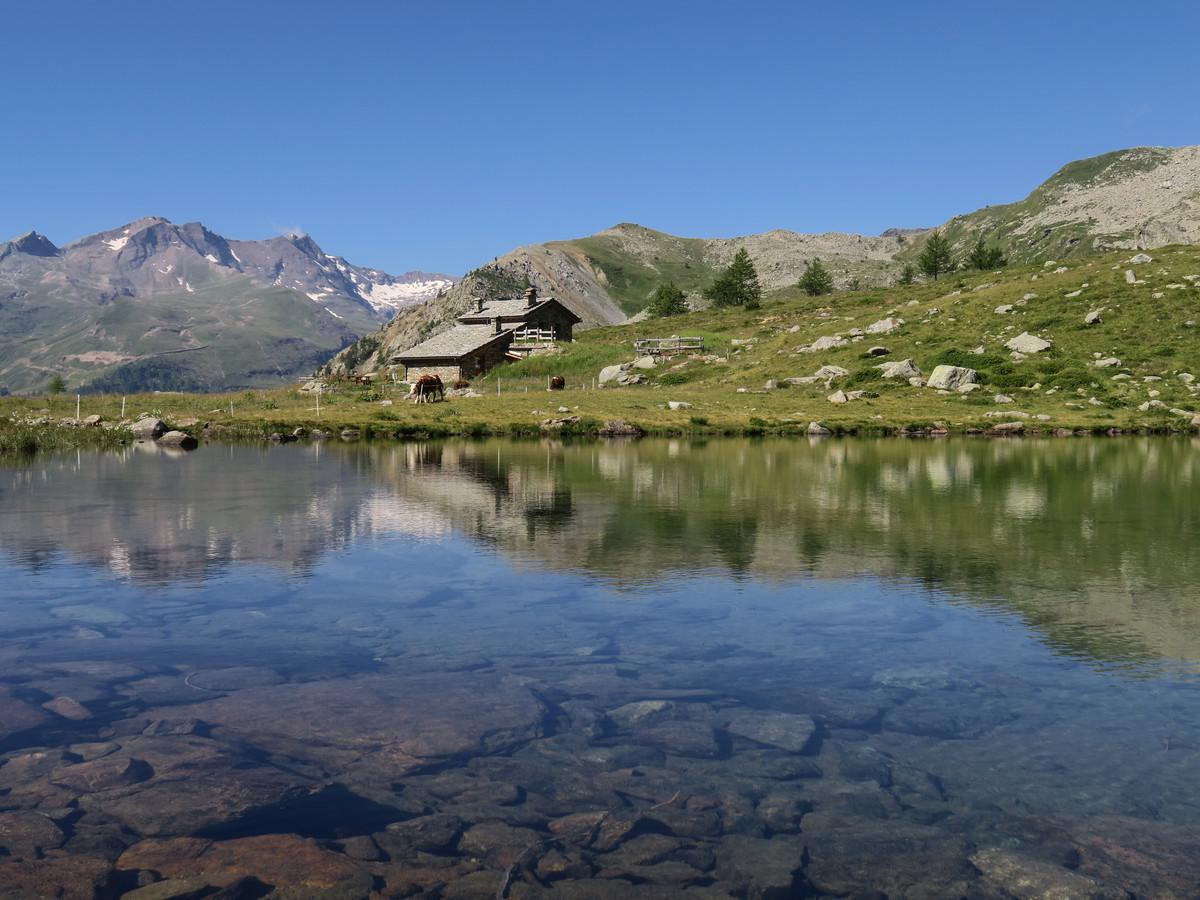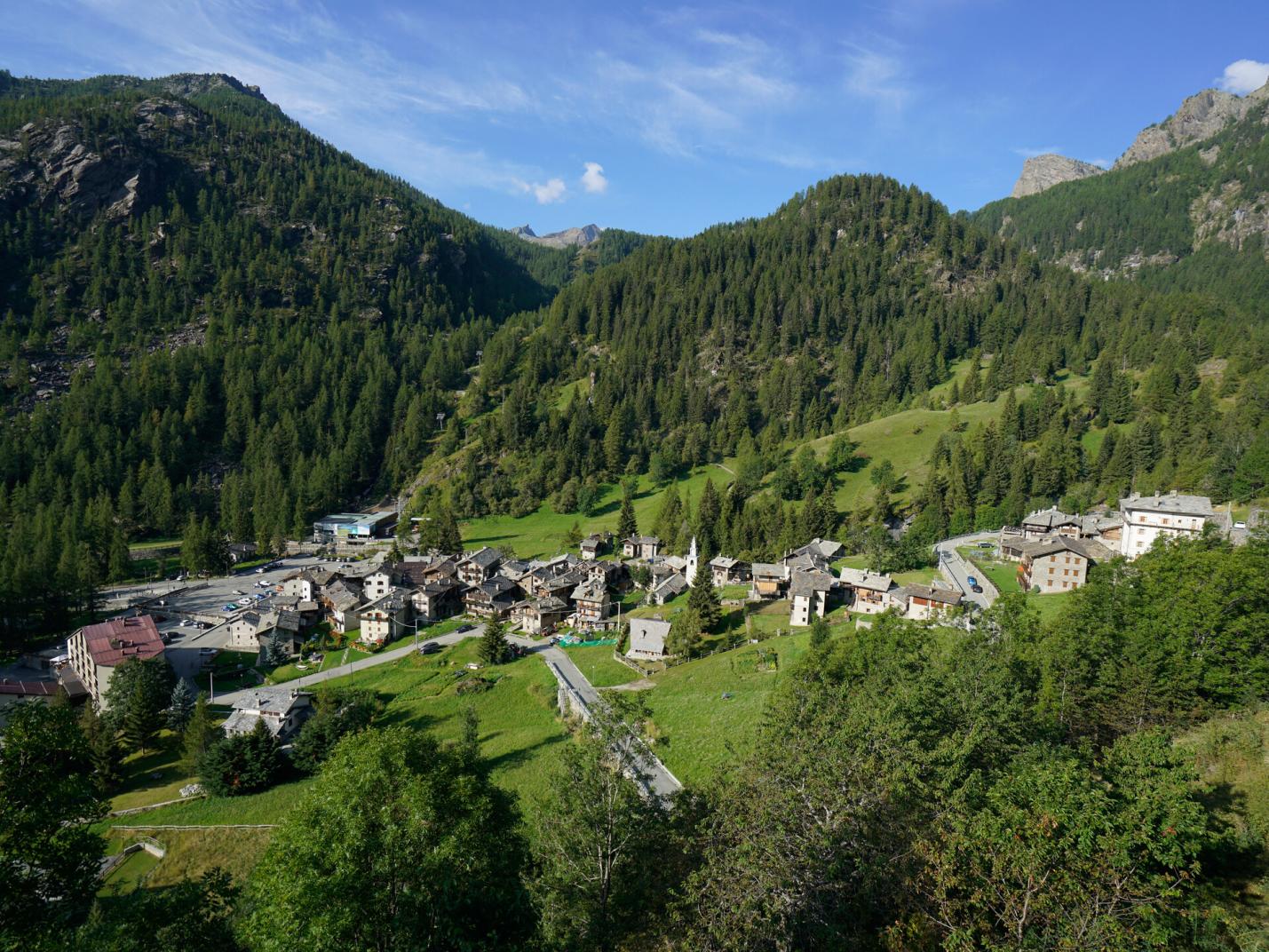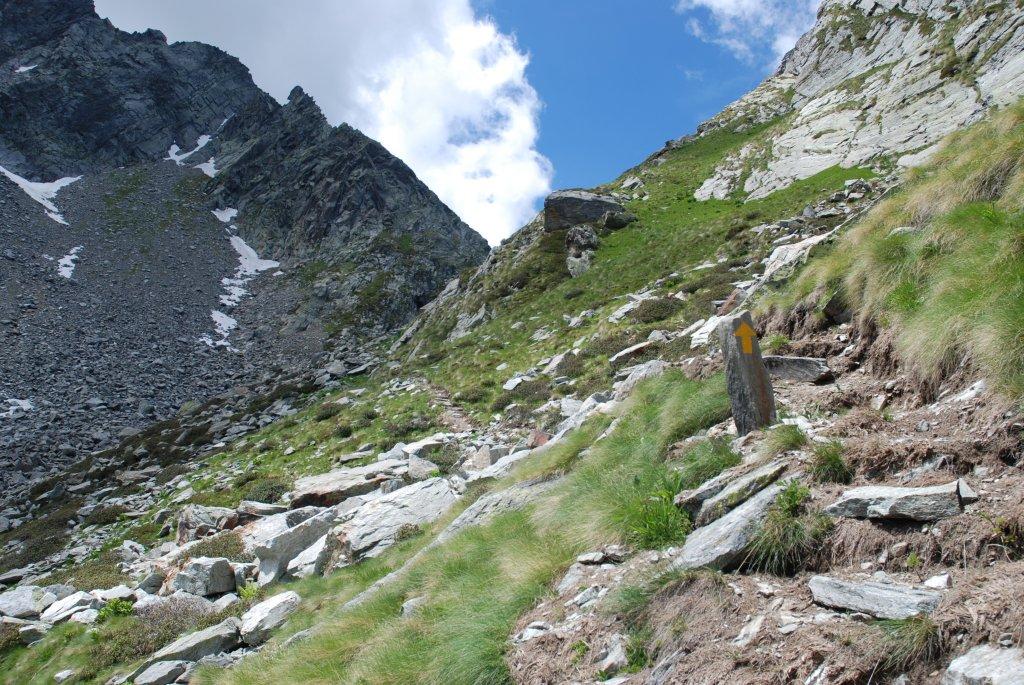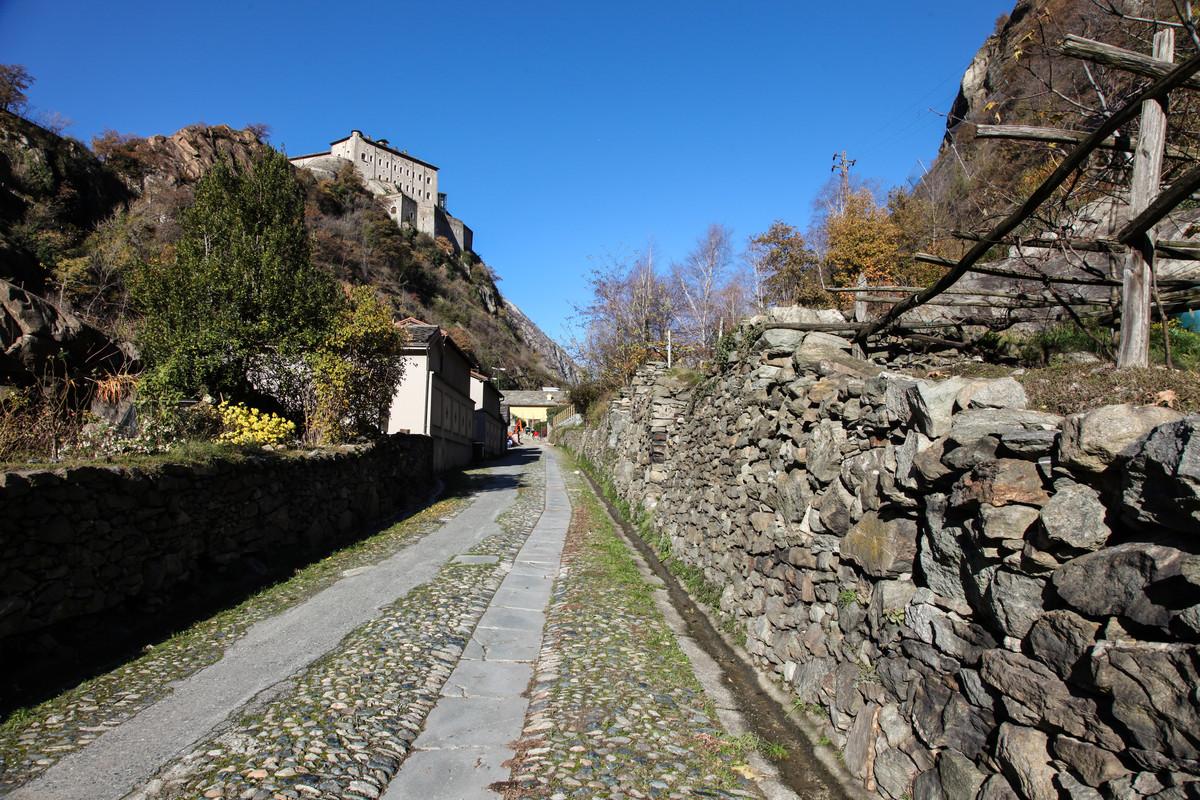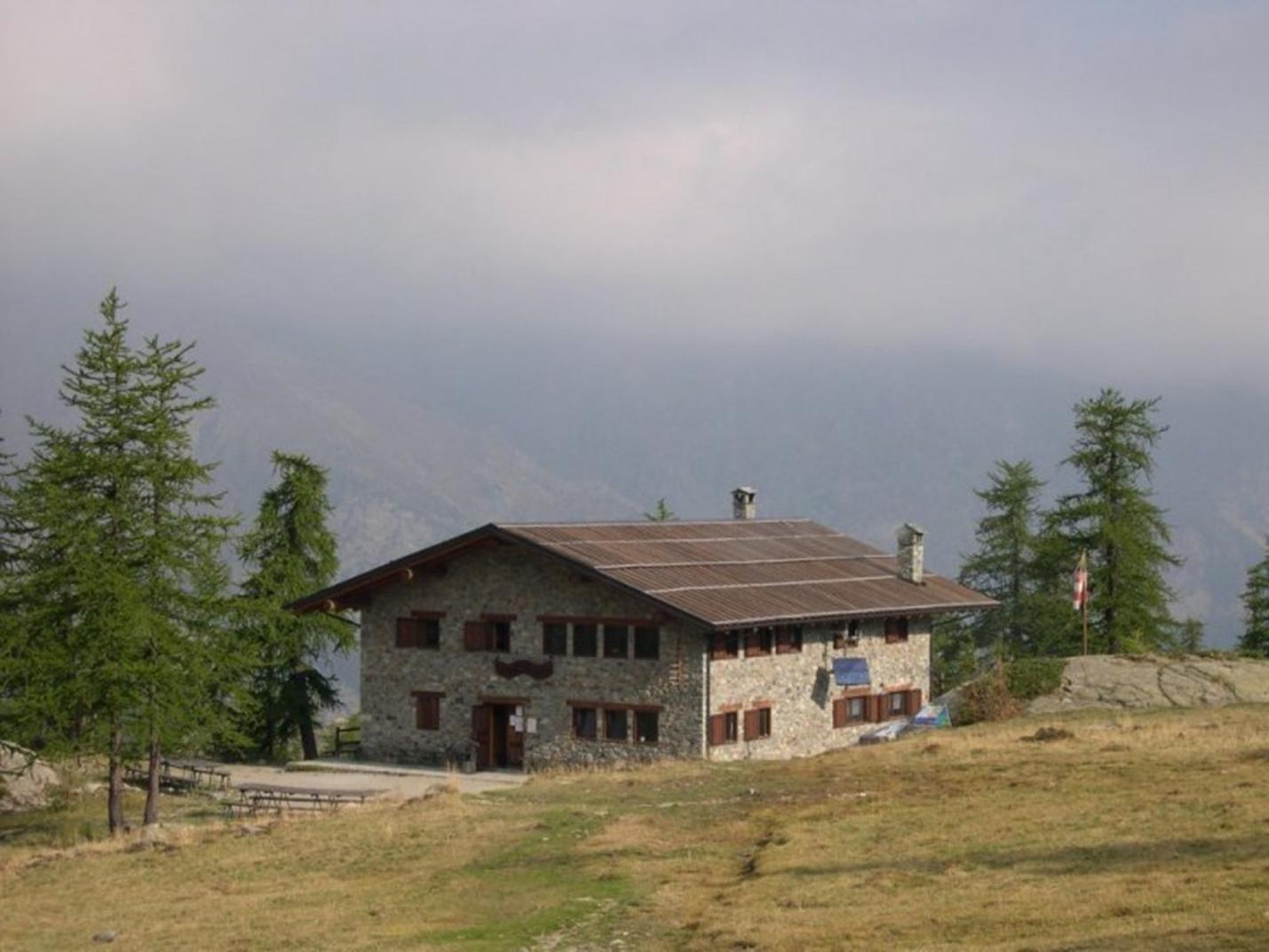This exciting loop between the municipalities of Pontboset and Champorcher allows you to explore the lower Champorcher Valley, visiting historically significant sites such as the village of Barmelle, the Santuario di Sant’Anna, and the small hamlet of Grand Rosier. Barmelle is a small, now-uninhabited rural village carved into the only clearing on the steep, dizzying slope of the Tête du Mont. Its extremely inhospitable location likely made it one of the most daringly situated settlements in the entire Aosta Valley. Barmelle, whose name derives from "barme" (shelter under a rock), was based on a very poor economy reliant on rye, potatoes, and a few animals, all cultivated on the steep terraces carved from the rocks. Initially, this village was inhabited by the Savin family, and then from 1874 by the Perruchon family. Moreover, the loop is highly interesting from both a naturalistic and landscape perspective as it traverses forests, clearings, and alpine pastures, offering a remarkable panoramic view from the summit of Tête du Mont. From here, you can enjoy an exceptional panorama of the entire Champorcher Valley, the Matterhorn massif, and to its right, the Monte Rosa massif.
First Section: Dublanc – Tête du Mont (trail no. 14B – 1B)
After leaving the car, take the first steps along the paved road leading to Villa Franchini. Find trail no. 14B which starts to the left of Villa Franchini. The mule track crosses a stream and ascends the steep slope through a zone of terraces among cherry and ash trees. The mule track becomes increasingly vertical, supported by ingeniously built stone walls on the rock face. Rocky steps alternate with ledges and narrow switchbacks, where the trail maintains its mule track form. After this spectacular and airy section, the mule track bends right through a patch of forest and emerges among the scanty terraces below Barmelle (1563 m a.s.l.), where you can admire an old stone spring. Then, within a few minutes, you will reach the village of Barmelle, where it is recommended to stop at the viewpoint to the right of the chapel, which is dated 1863. Find the trail leading from the village, looking uphill, which slightly ascends to the left through old pastures and then enters the forest. Climb the steep trail with many switchbacks through the forest and scree until you reach the ridge/crest (to the right of Tête du Mont). From here, head left into the forest (passing the northern side of the mountain) and find, after about 200 meters of development, the steep trail leading to the Tête du Mont (1896 m a.s.l.). It is recommended to take a break and enjoy the view.
Second Section: Tête du Mont – Grand Rosier – Dublanc (trail no. 1B - 14 - 14D)
Retrace the trail you used to reach the summit and arrive at the main trail. Then follow trail no. 1B west to the Col di Plan-Fenêtre, which traverses (sometimes steeply) the northern slope in dense forest (be careful to avoid the trail that turns right at 1730 m a.s.l.). Once at the Col di Plan-Fenêtre (about 1695 m a.s.l.), it is advisable to take a short 5-minute round-trip detour to visit the Santuario di Sant’Anna (by following trail no. 14A for a hundred meters west). After visiting the sanctuary area, return to the pass and find the trail descending towards Grand Rosier (Champorcher), crossing a forest and a pasture. Visit the charming hamlet and find the starting point of trail no. 14D, located in the upper part of Grand Rosier. The trail does not cross the hamlet but runs alongside it (to the left going down) and resumes its mule track form, passing through various pastures and reaching near a large pillar. Then find the trail that will lead you back to Dublanc, descending with several switchbacks on the steep slope between woods and clearings. Once at the regional road, return to the parking area by walking a few hundred meters along the road.
Notes: This is a medium-difficulty loop not suitable for families with children. The mule track to reach Barmelle and Tête du Mont, while equipped and quite wide, requires hiking experience appropriate to the type of terrain.
Variants:
- Tête du Mont (with ascent and descent from Dublanc, passing through Barmelle)
Trail: 14B – 1B
Elevation Gain: 900 m
Distance: 3.1 km (one way)
Ascent Time: 2h30 – 3h
Descent Time: 1h30 approx.
Difficulty: Easy - Tête du Mont (with ascent and descent from Grand Rosier)
Trails: 1B - 14
Elevation Gain: 515 m
Distance: 2.1 km (one way)
Ascent Time: 1h30 – 2h
Descent Time: 1h approx.
Difficulty: Easy
Note: Giro ad anello di difficoltà media, non adatto a famiglie con bambini. Il sentiero/mulattiera per salire a Barmelle e alla Tête du Mont, pur essendo attrezzato e abbastanza largo, richiede un’esperienza escursionistica adeguata al tipo di terreno.
Varianti:
- Tête du Mont (con salita e discesa da Dublanc, passando per Barmelle)
Segnavia : 14B – 1B
Dislivello : 900 m
Sviluppo : 3,1 km (solo andata)
Tempo di andata: 2h30-3h
Tempo di ritorno: 1h30 circa
Difficoltà E
- Tête du Mont (con salita e discesa da Grand Rosier)
Segnavia : 1B - 14
Dislivello : 515 m
Sviluppo : 2,1 km (solo andata)
Tempo di andata: 1h30-2h
Tempo di ritorno: 1 h circa
Difficoltà E
